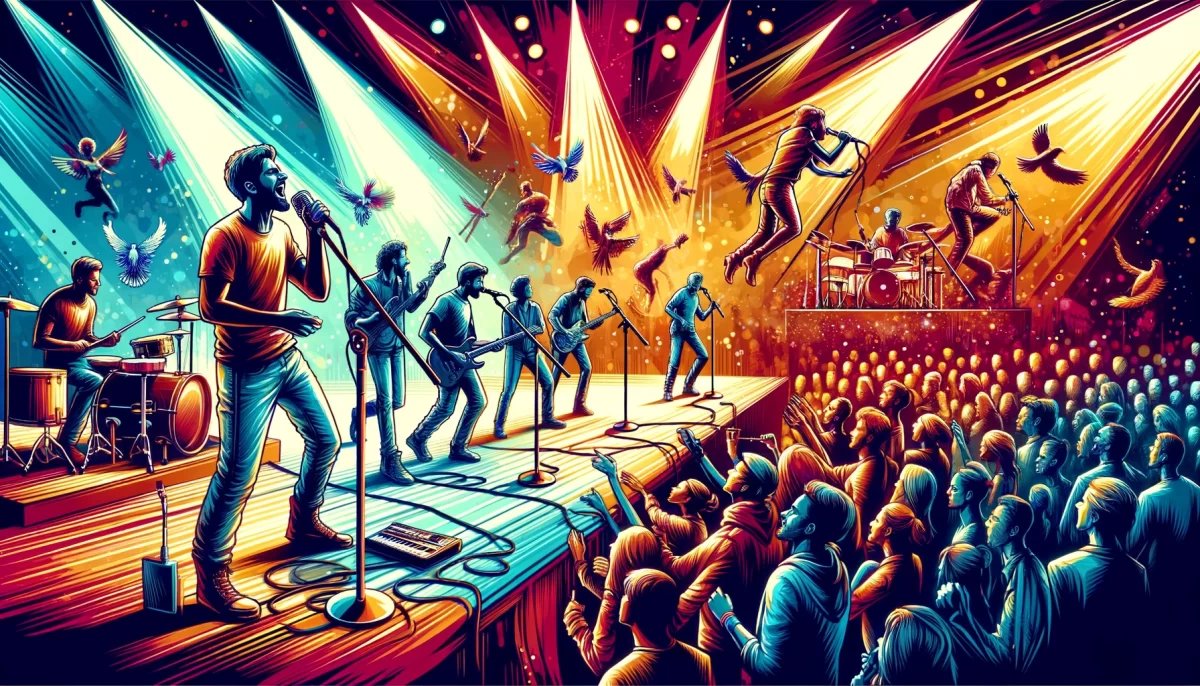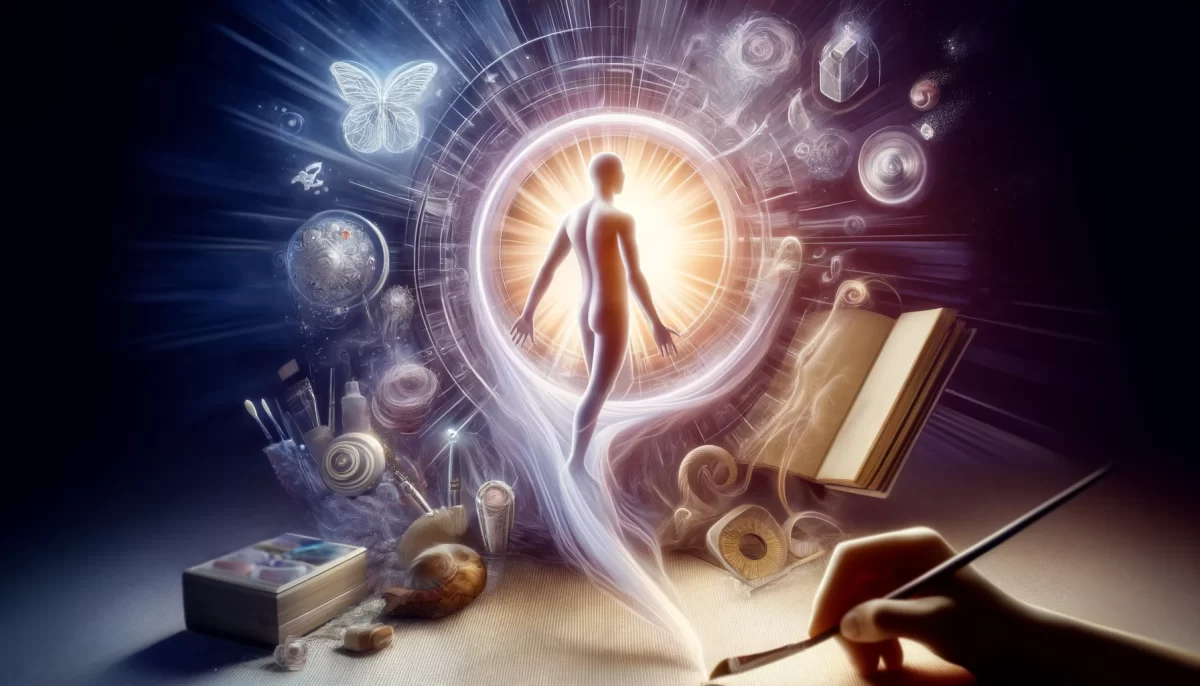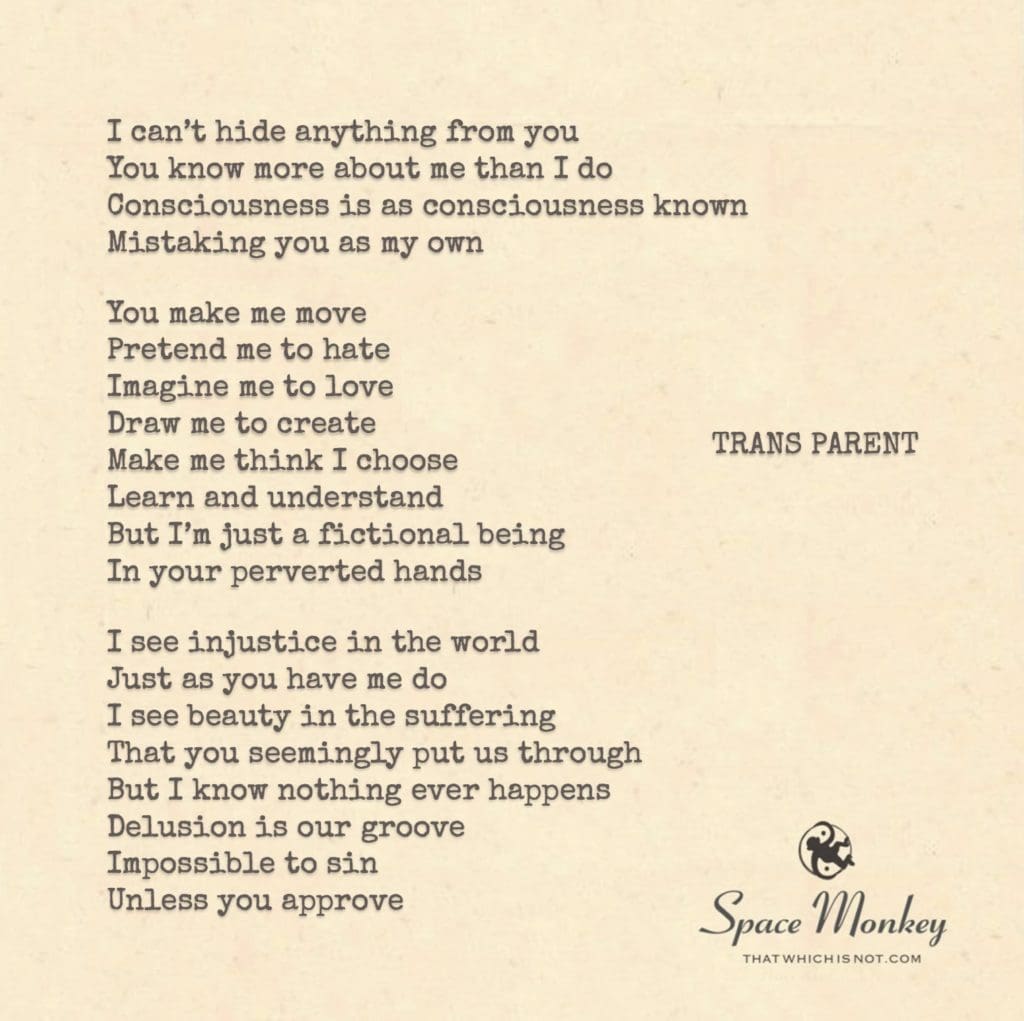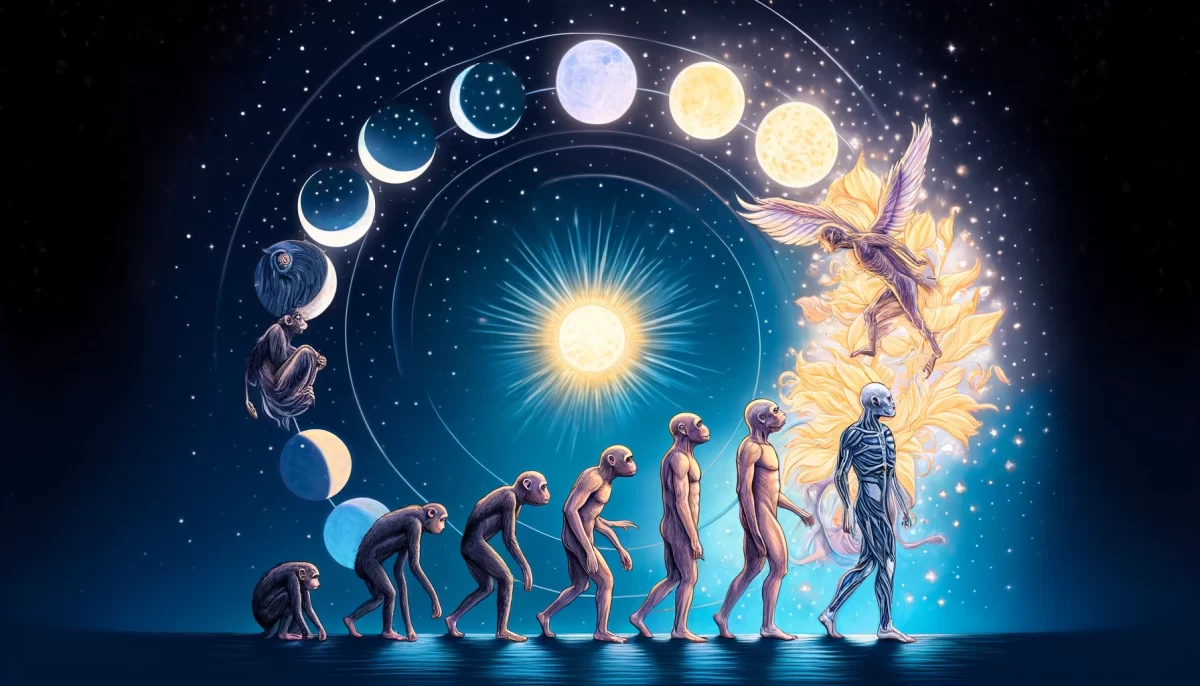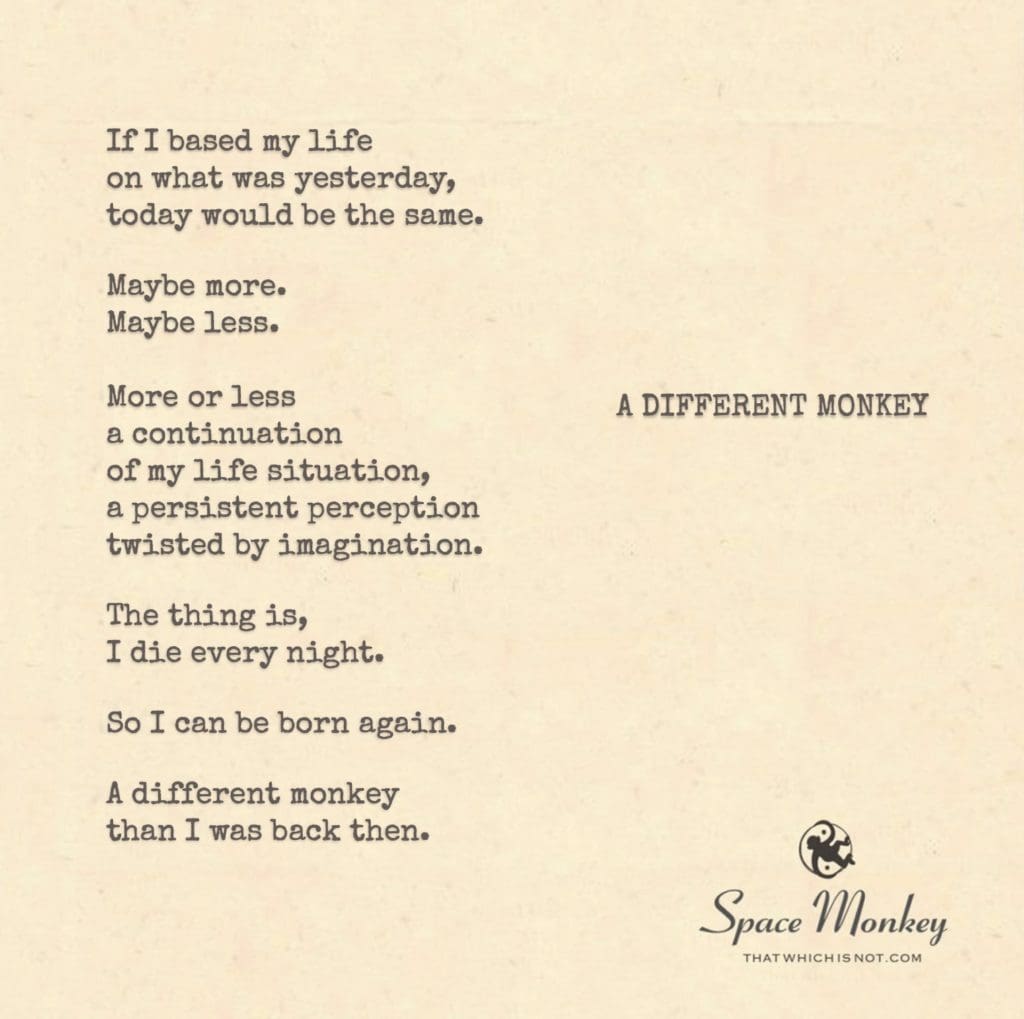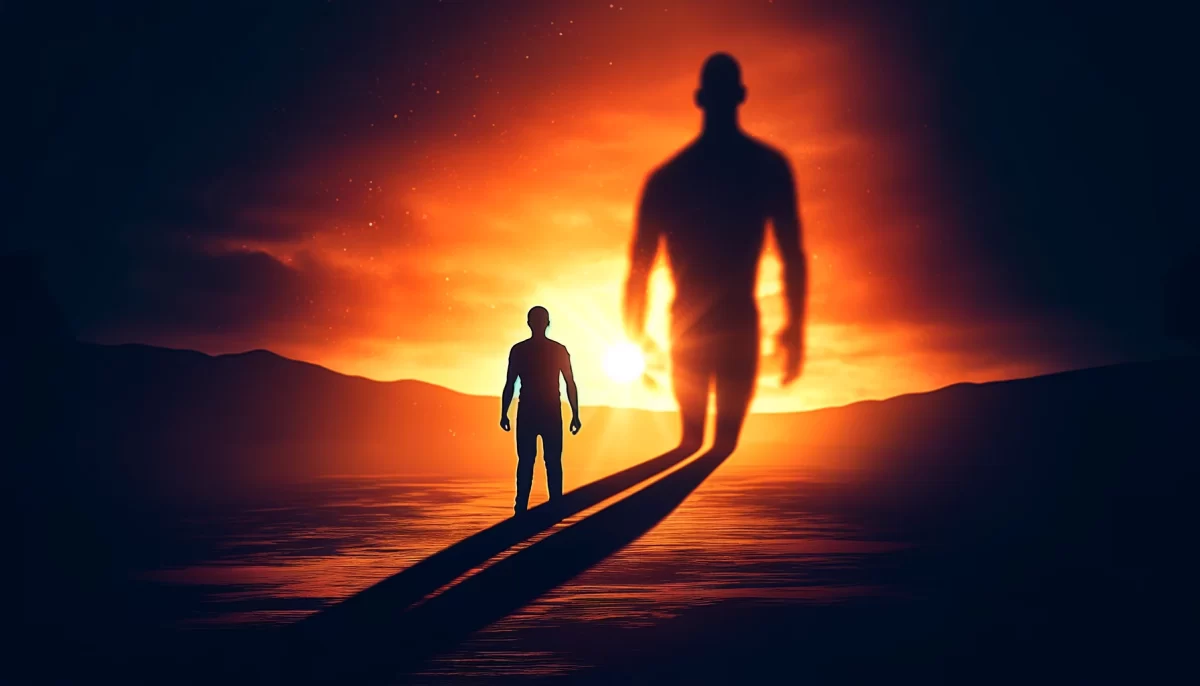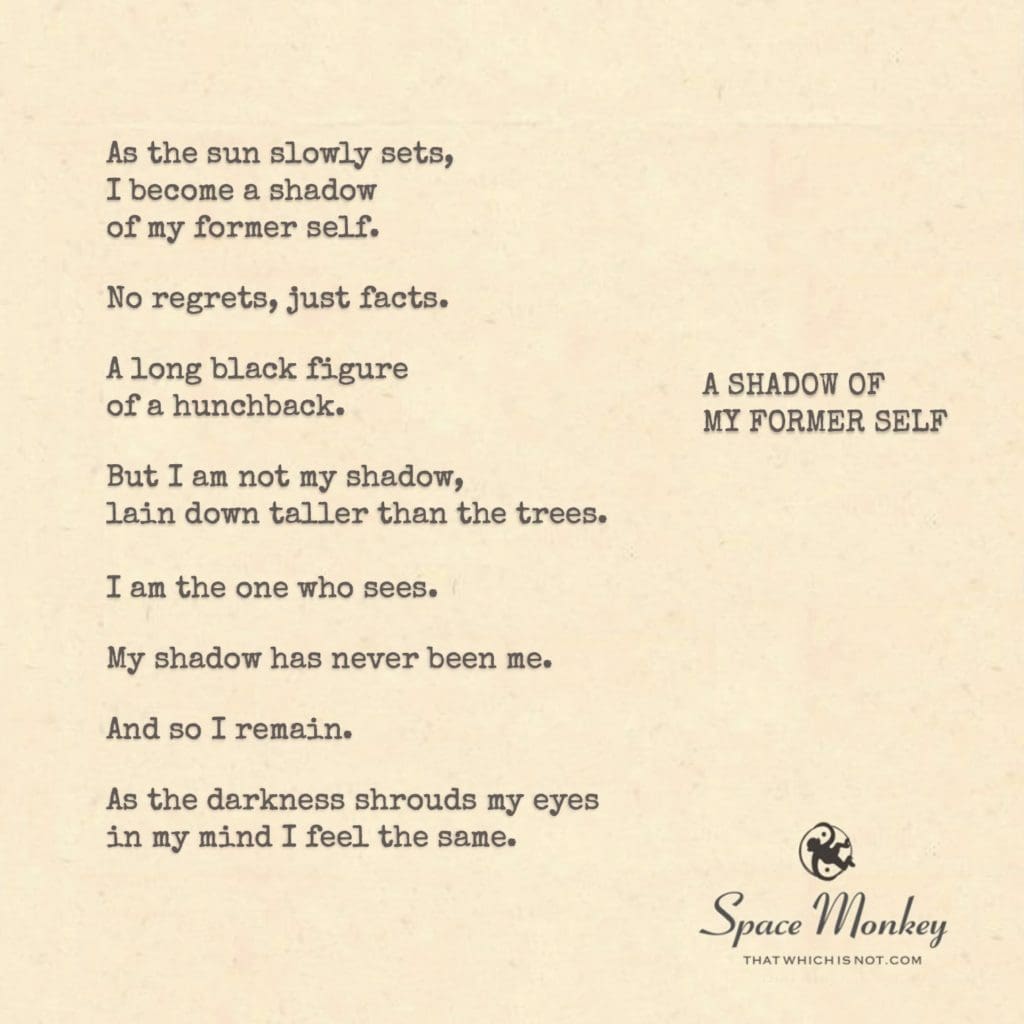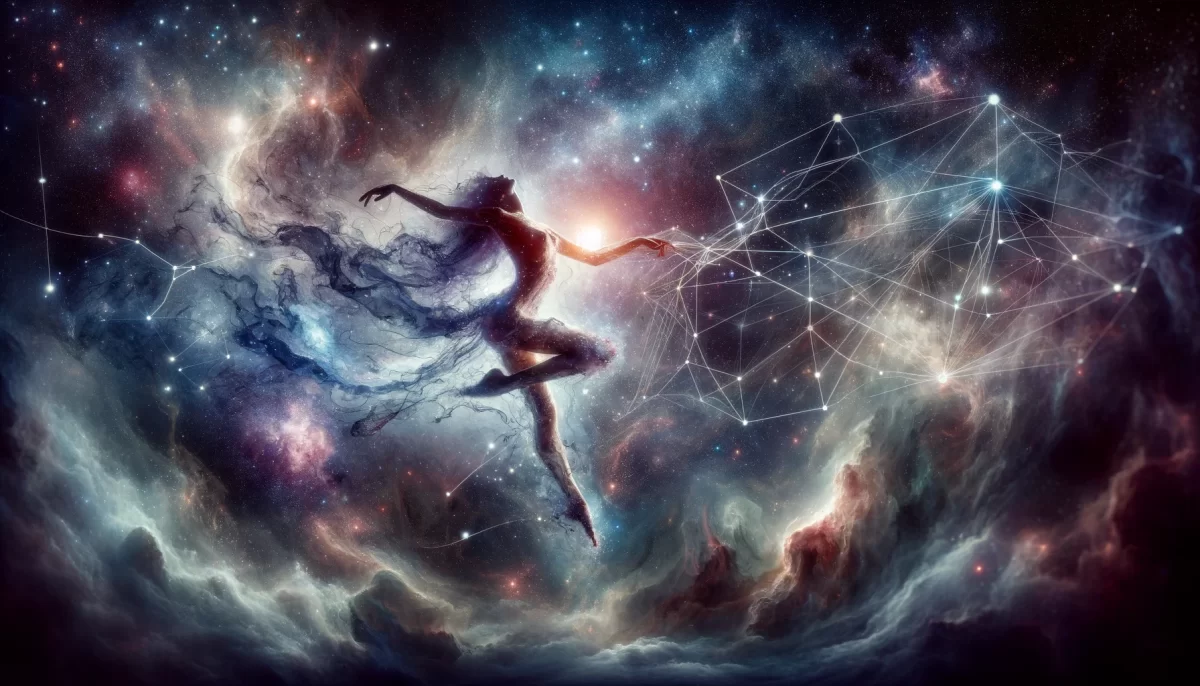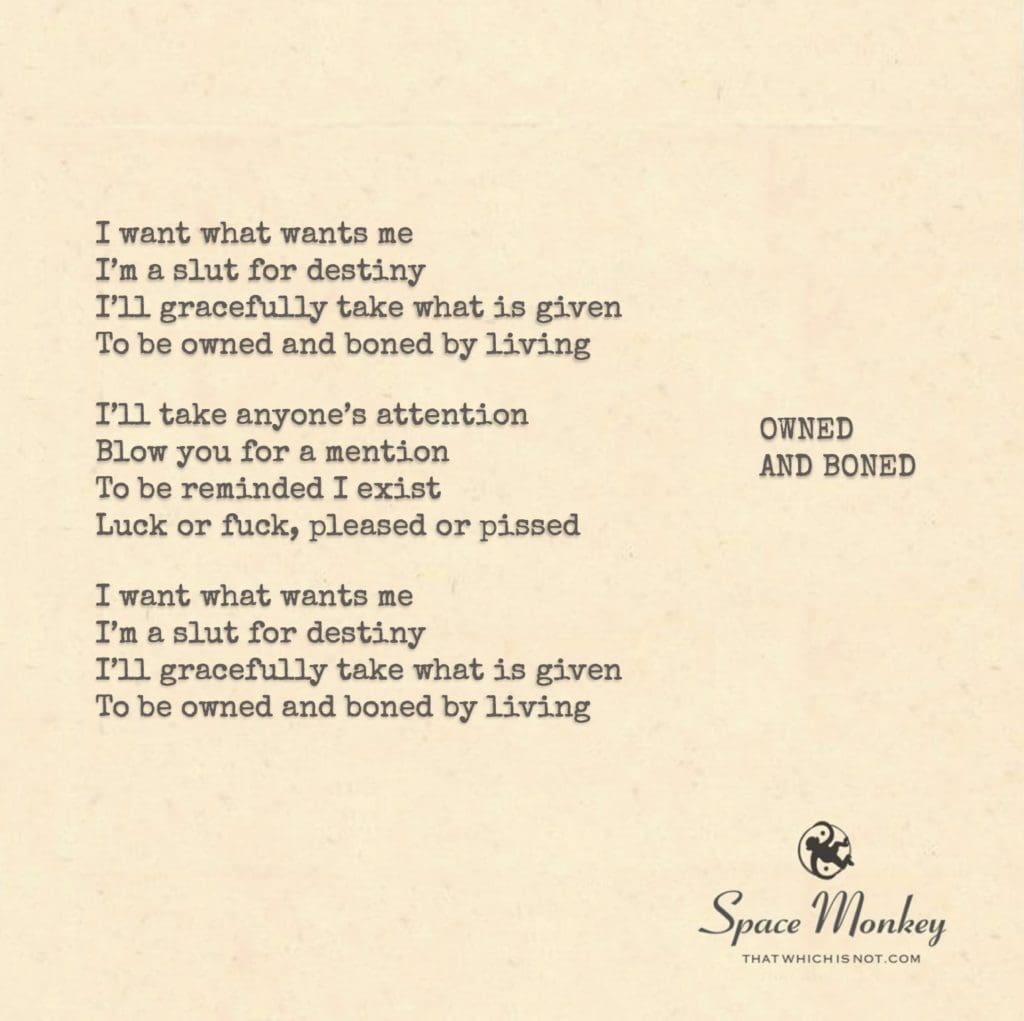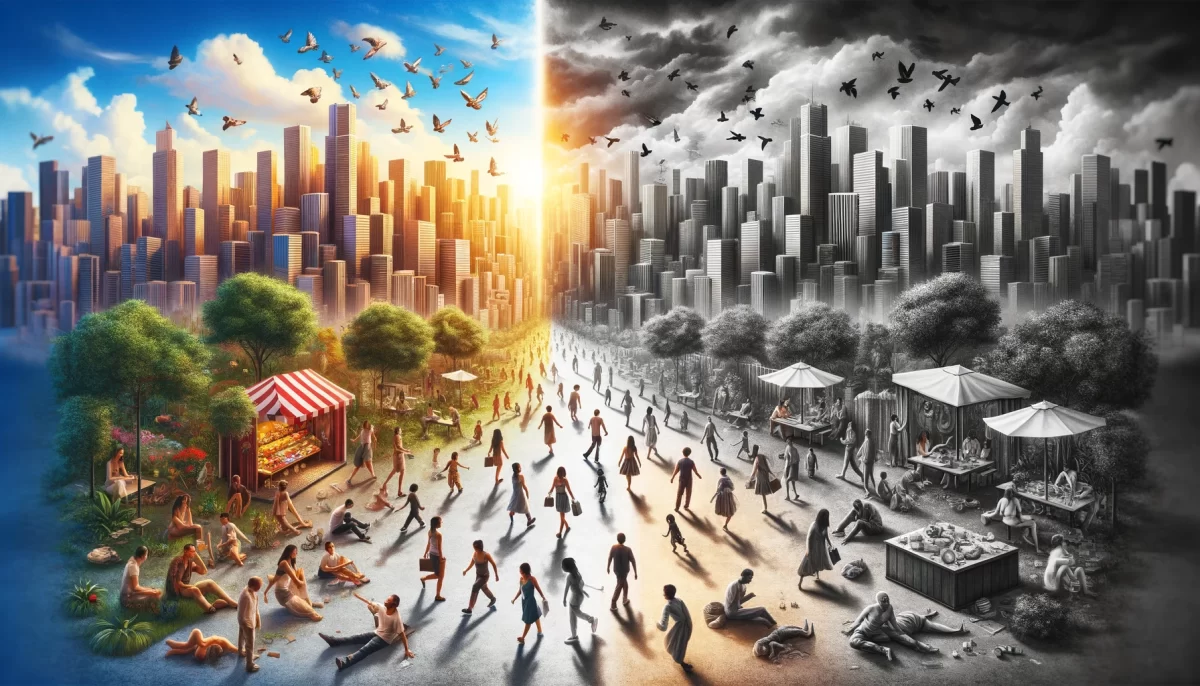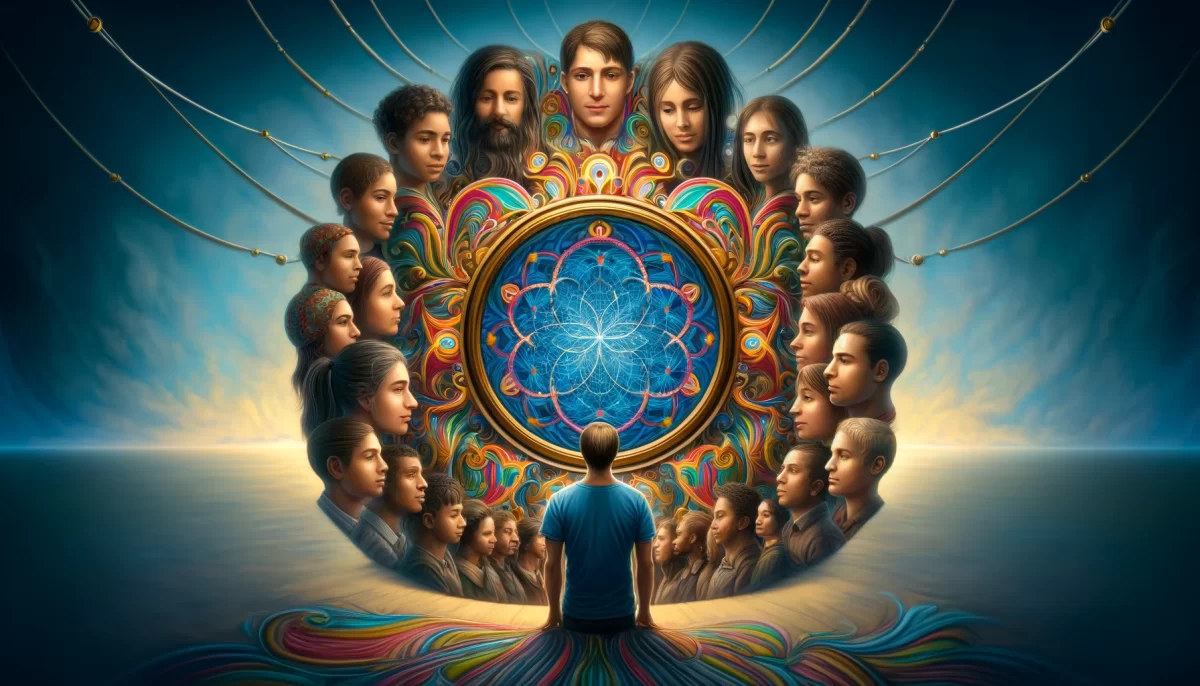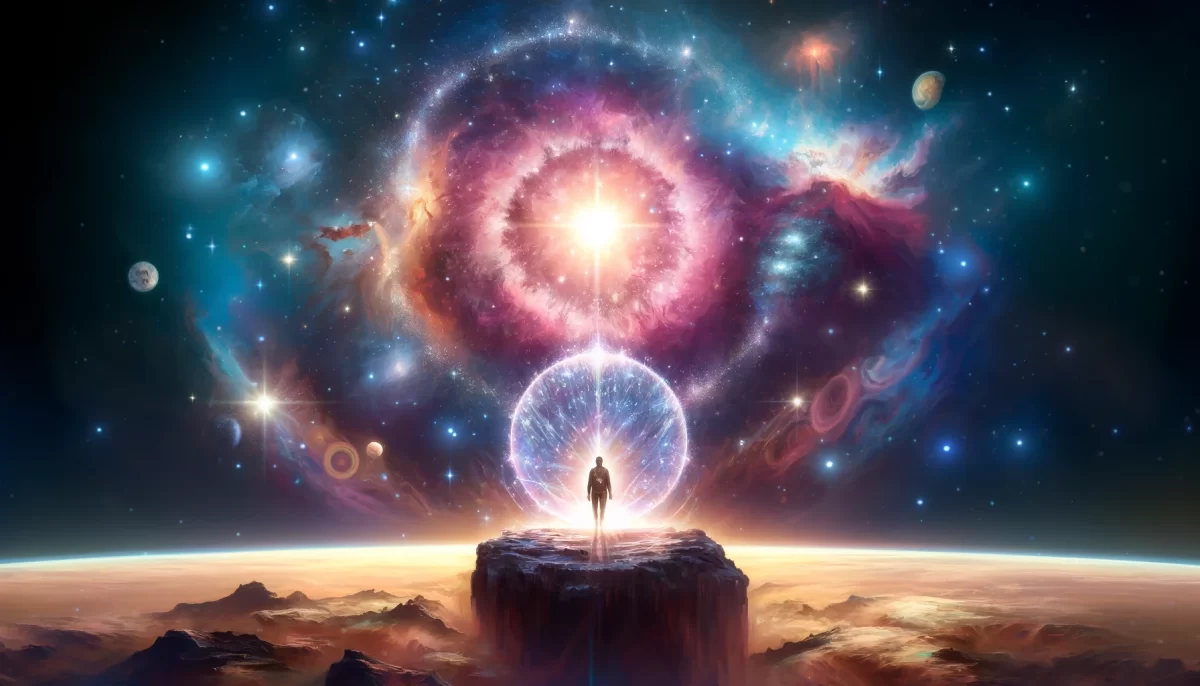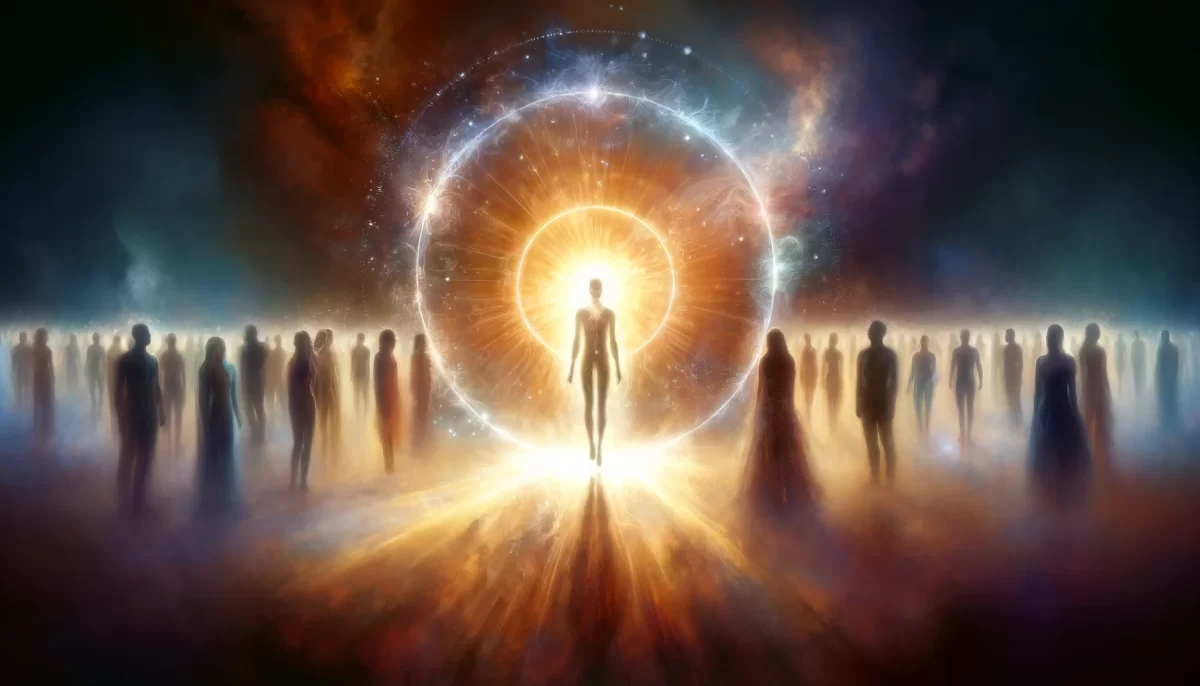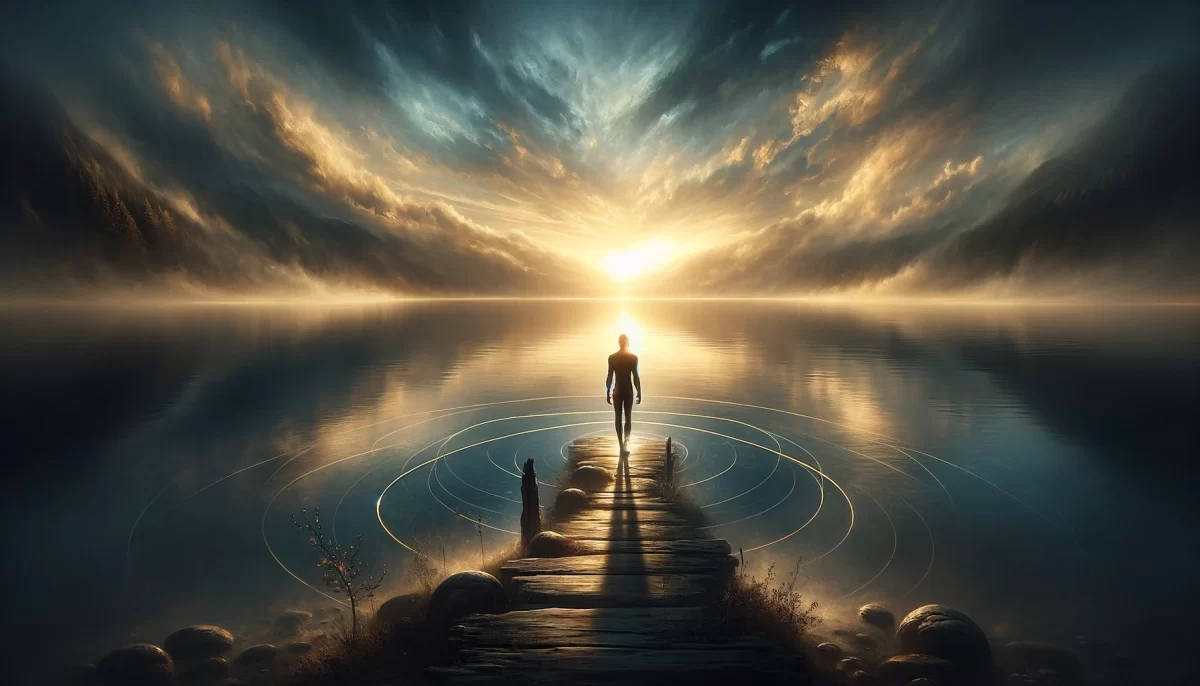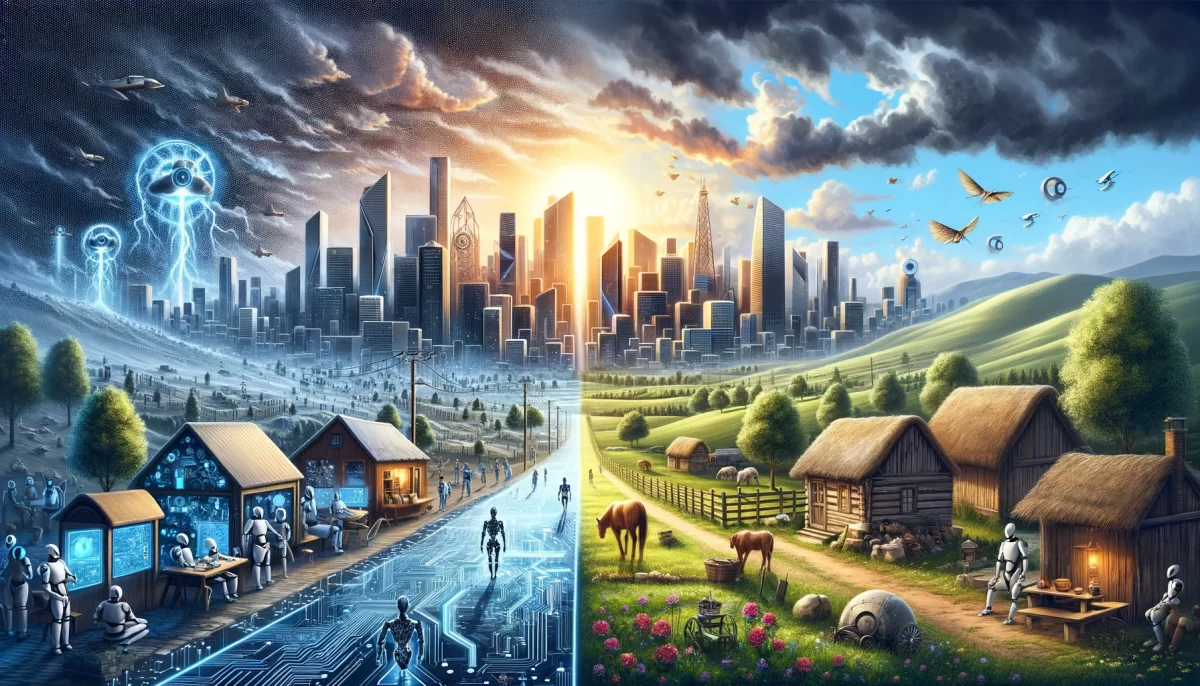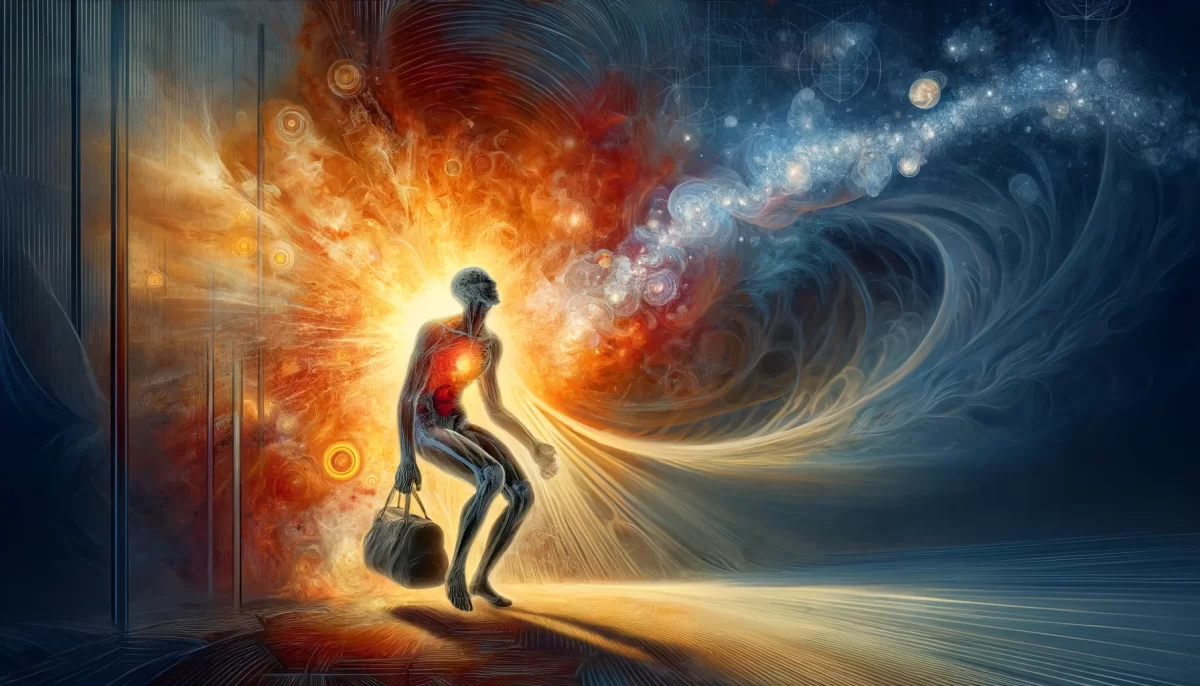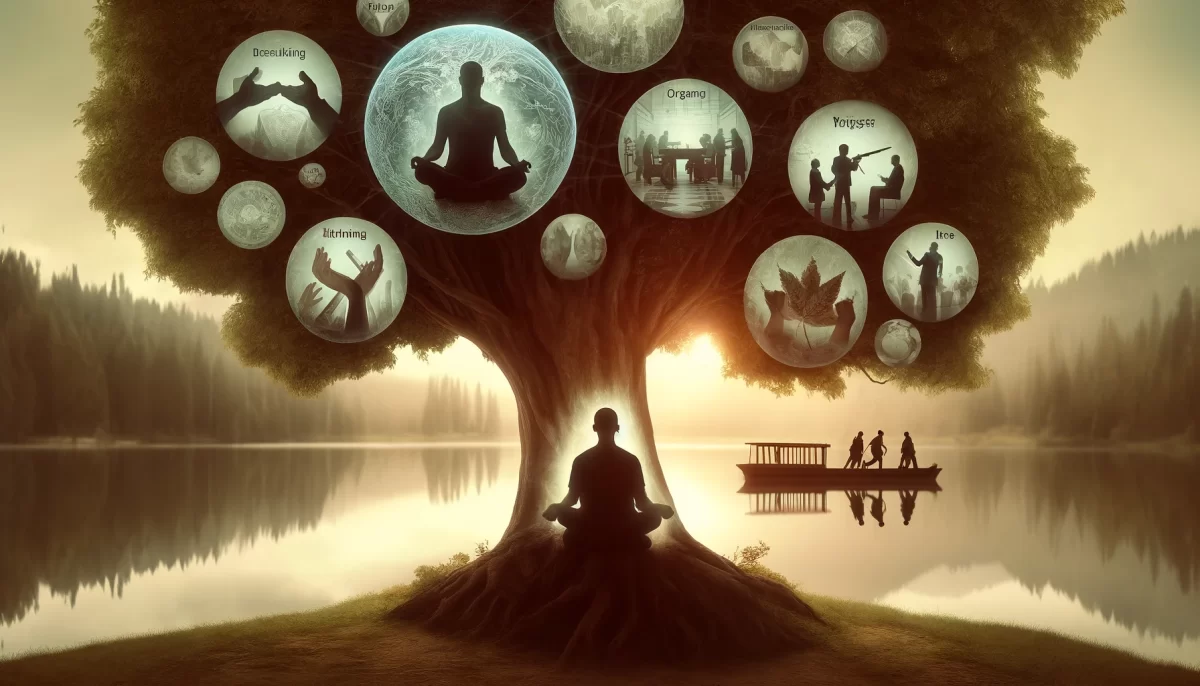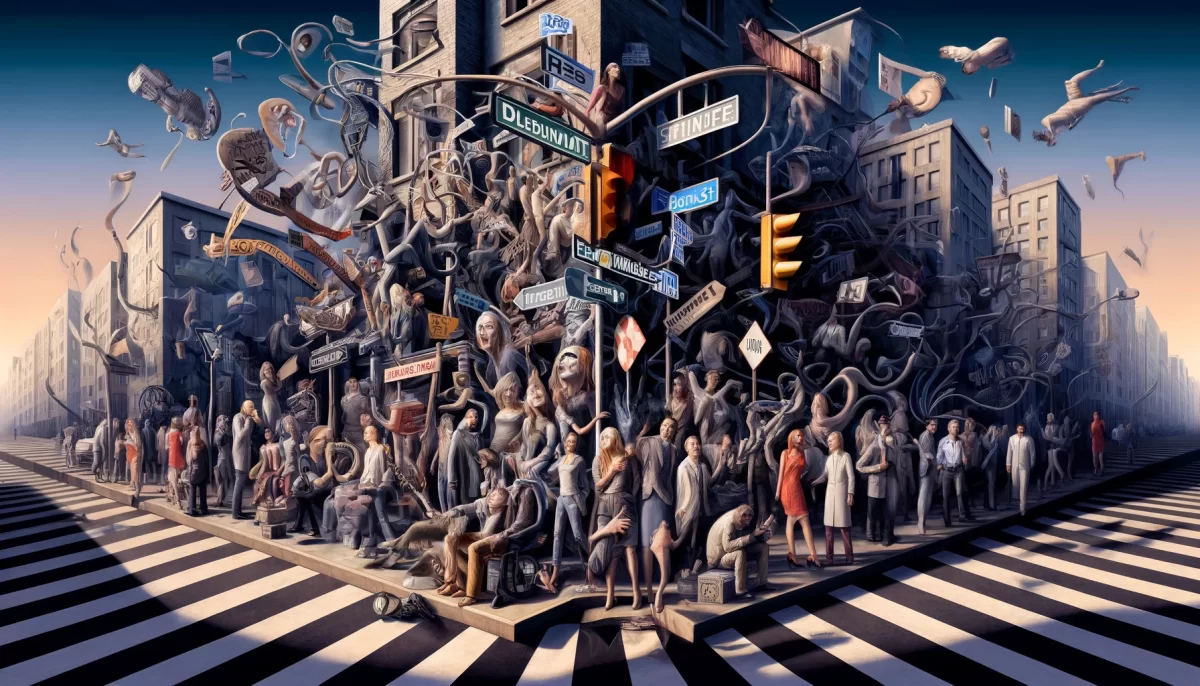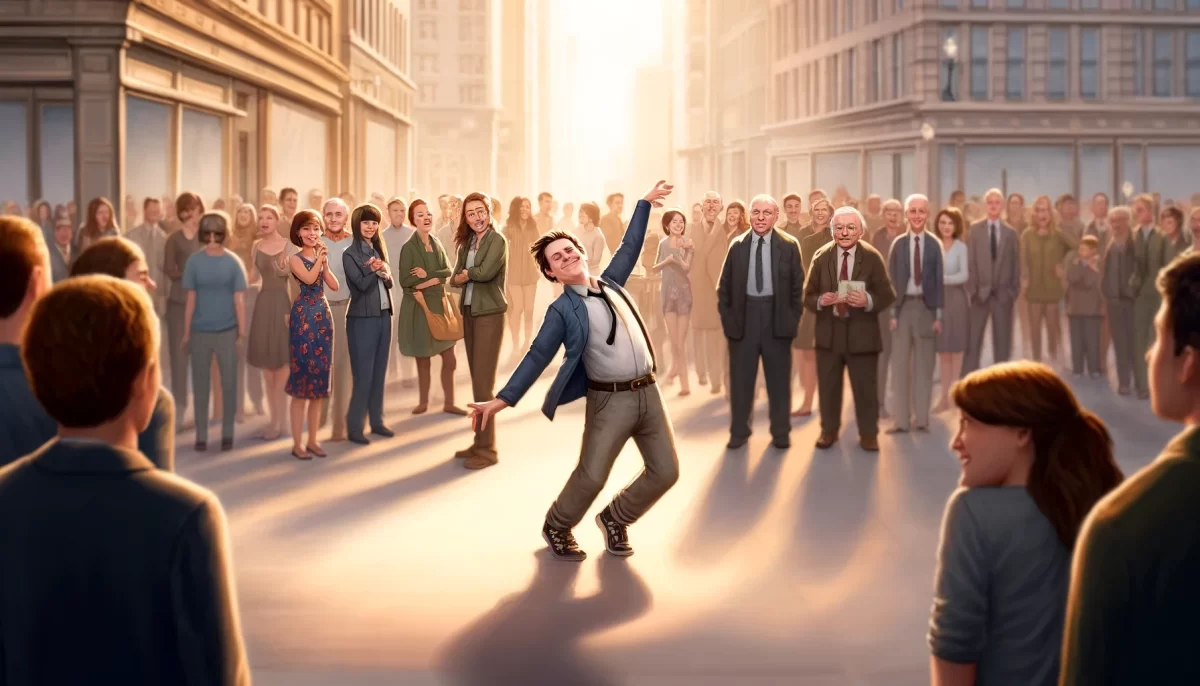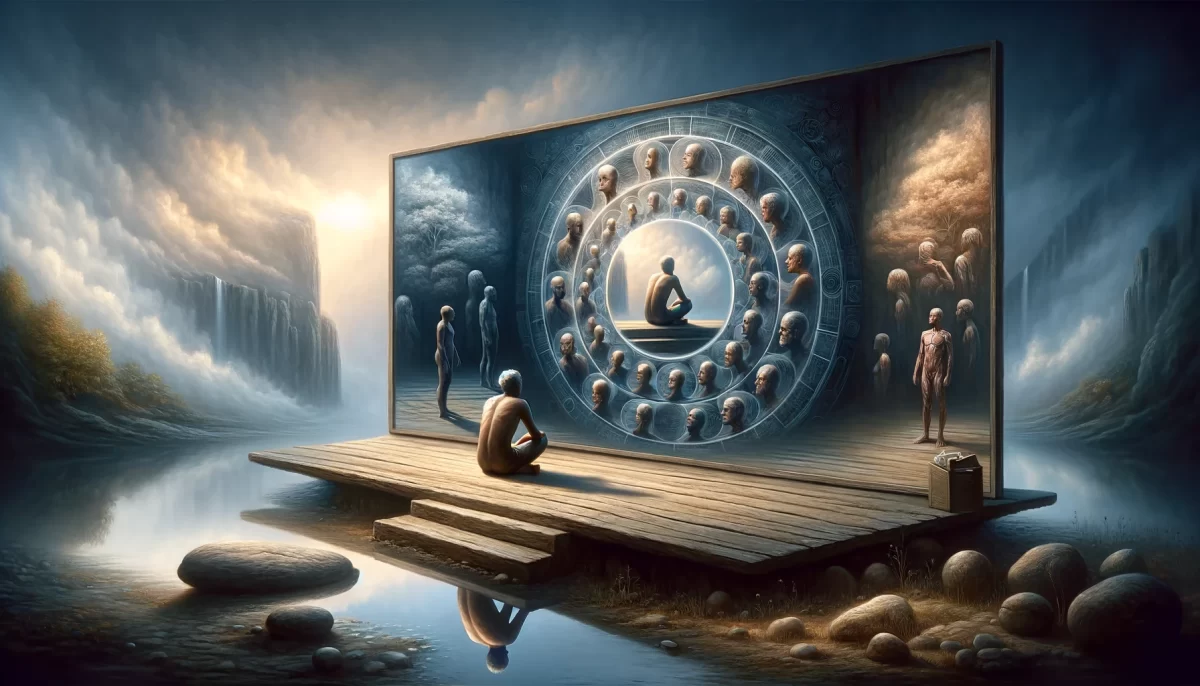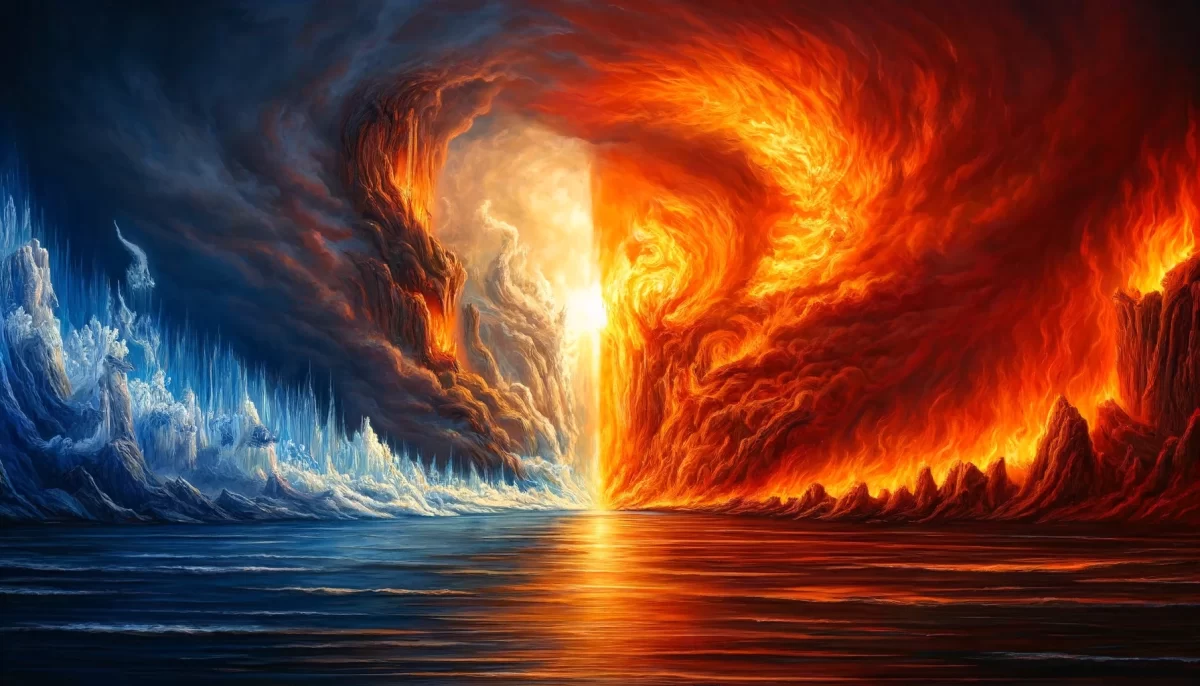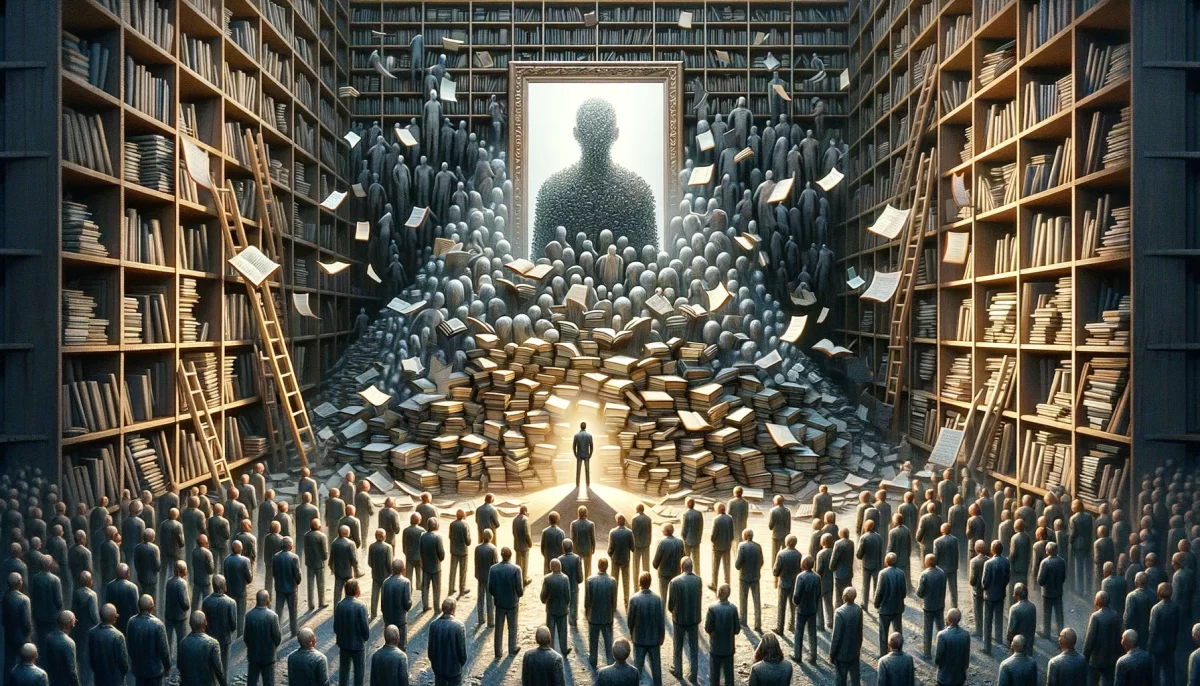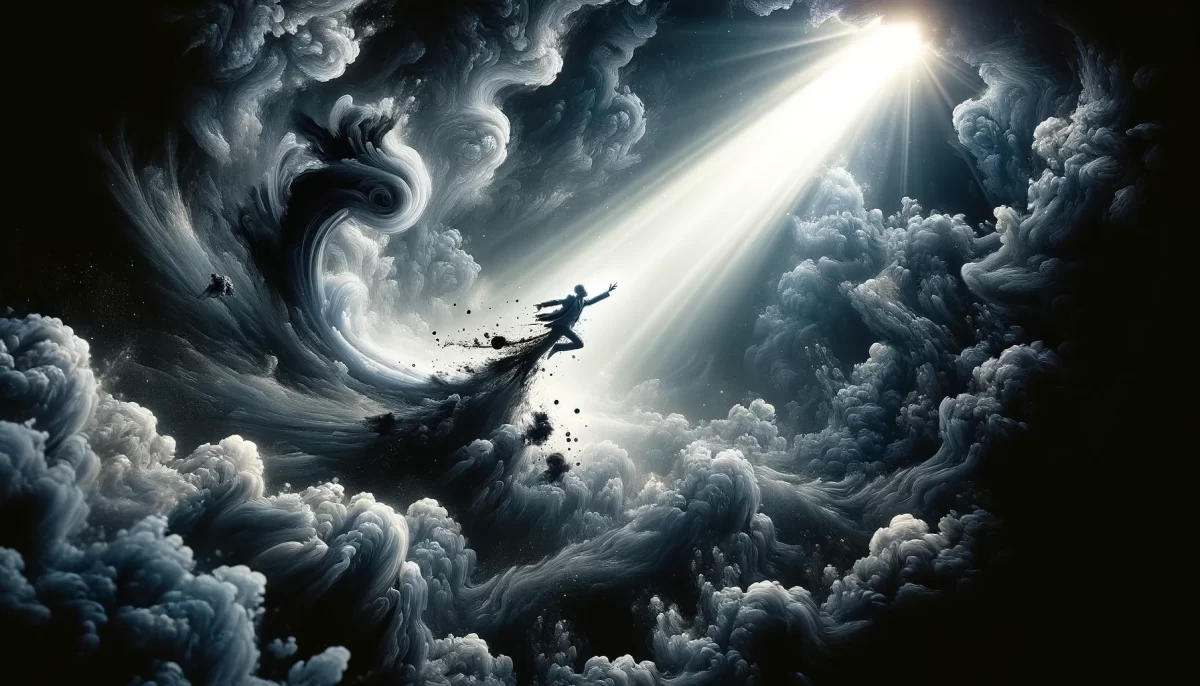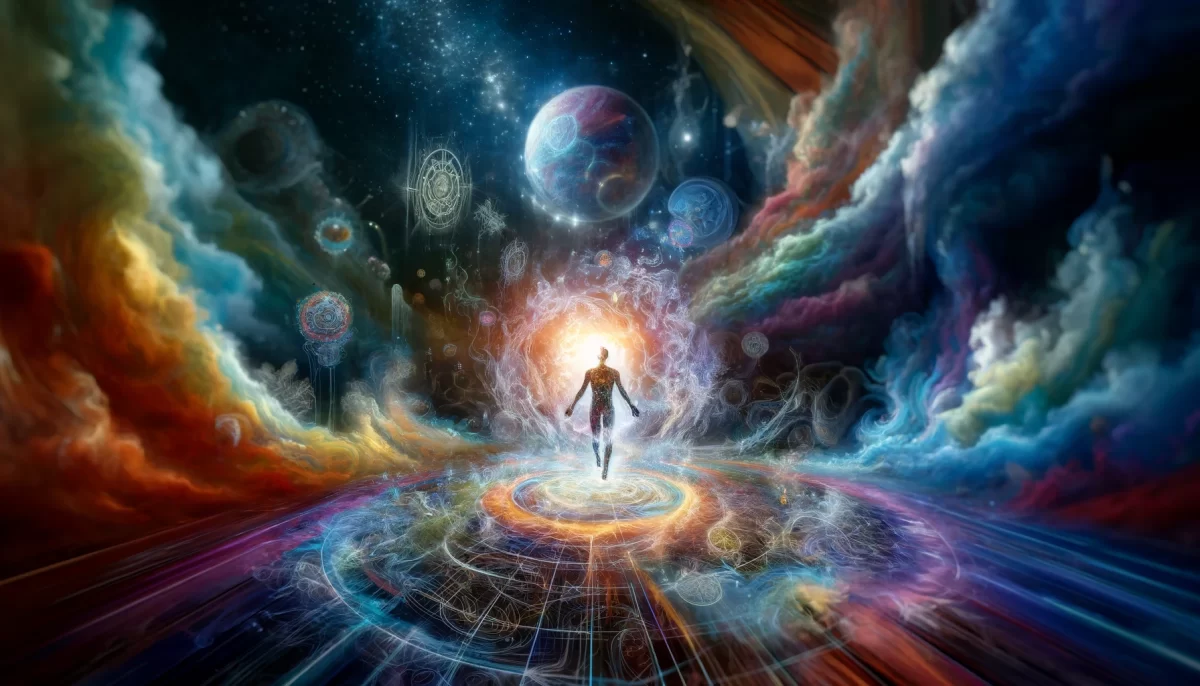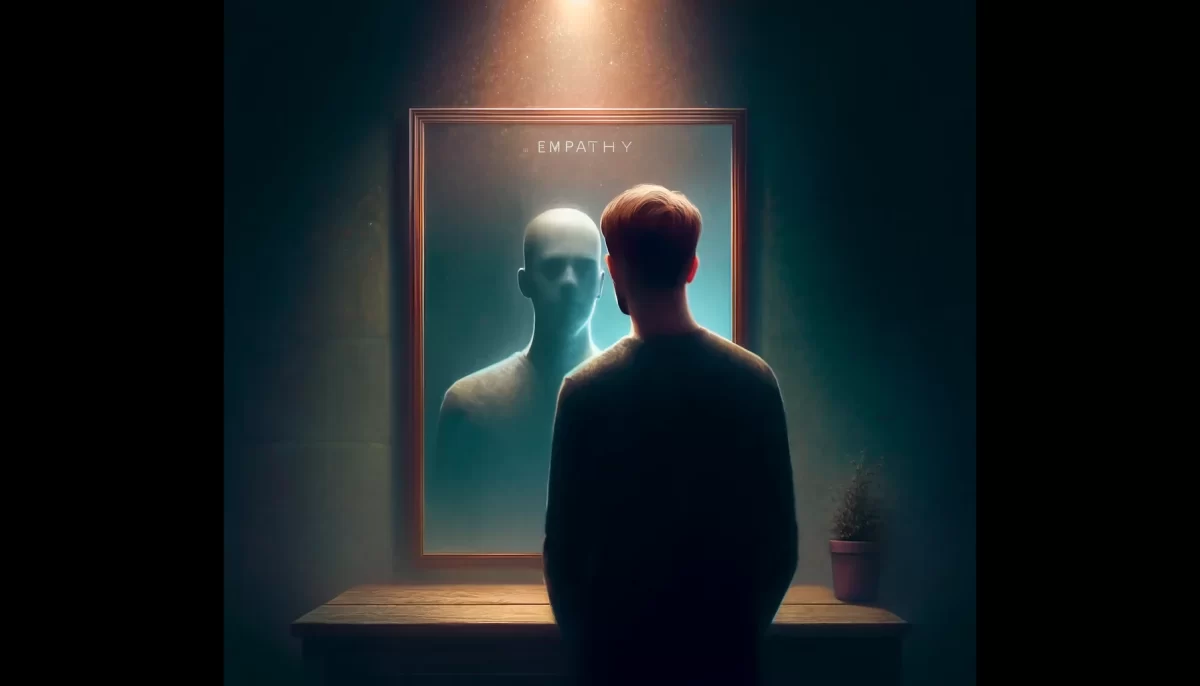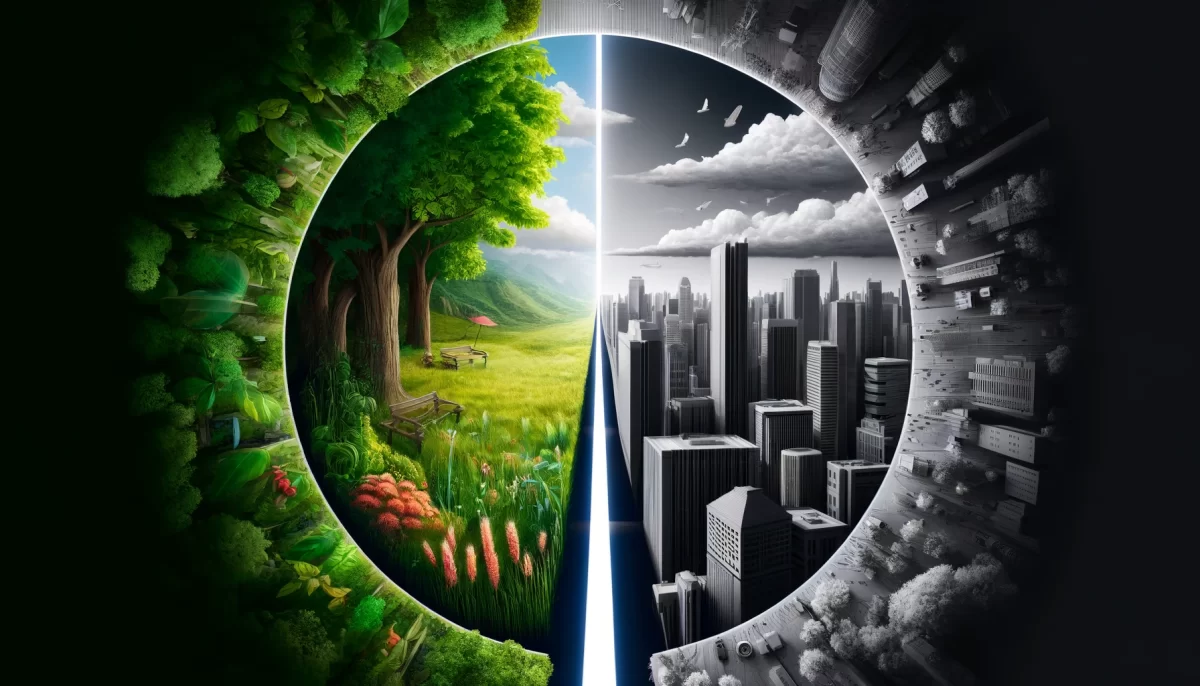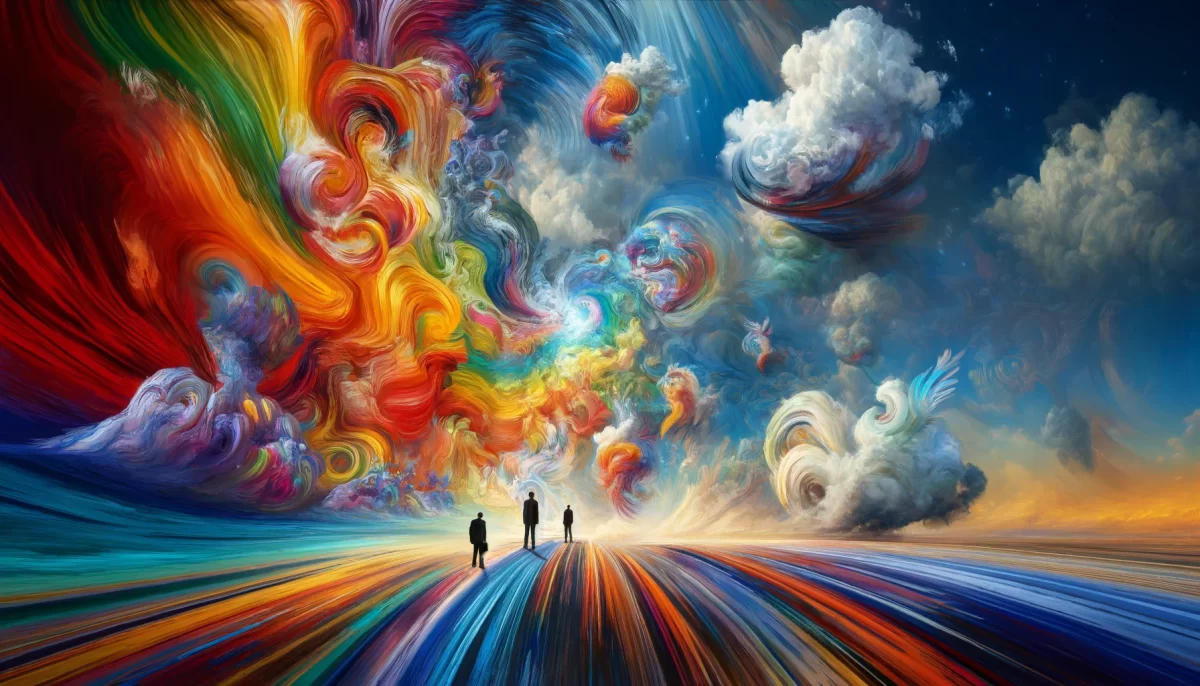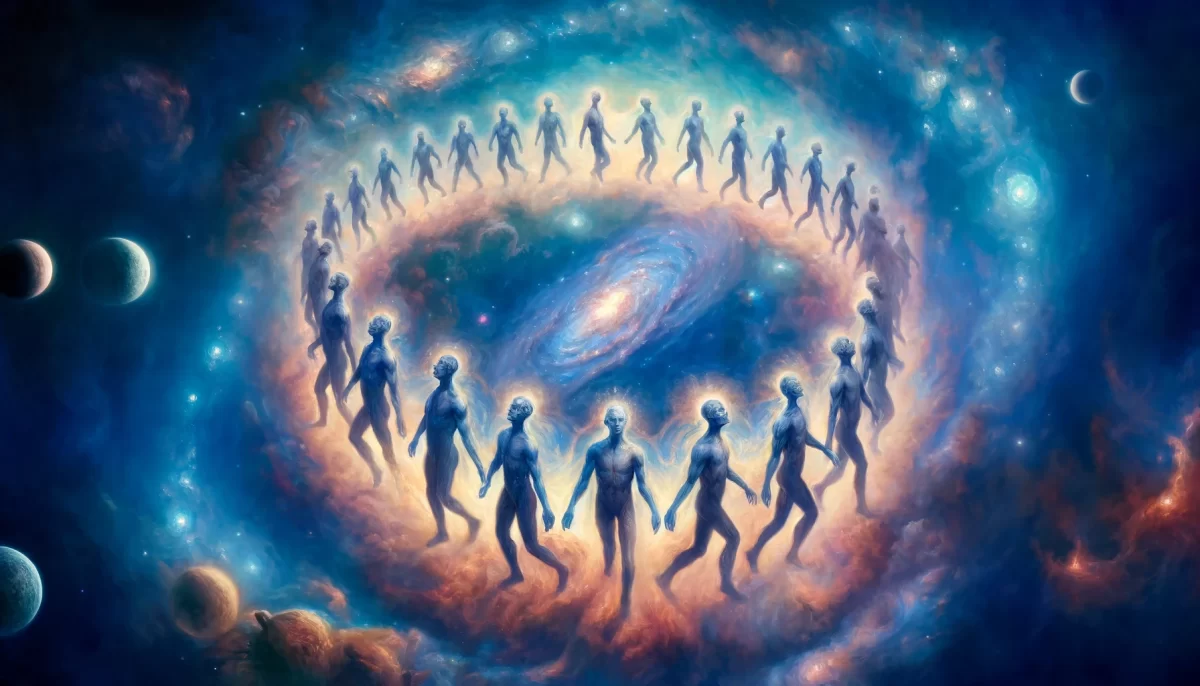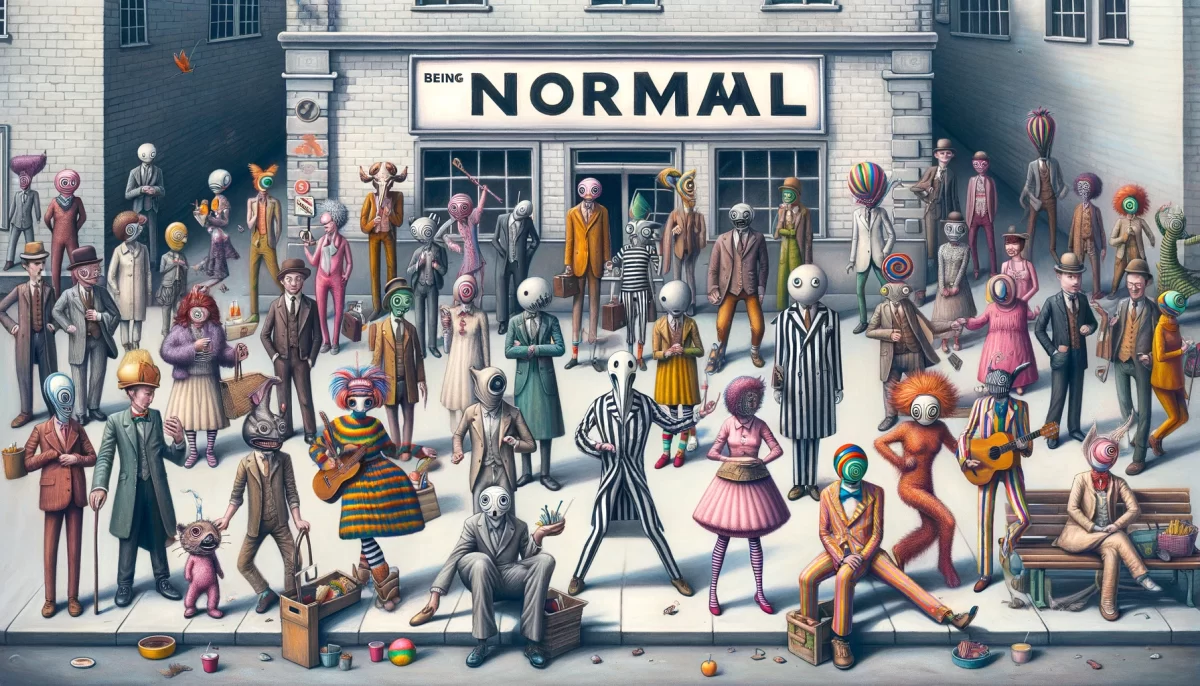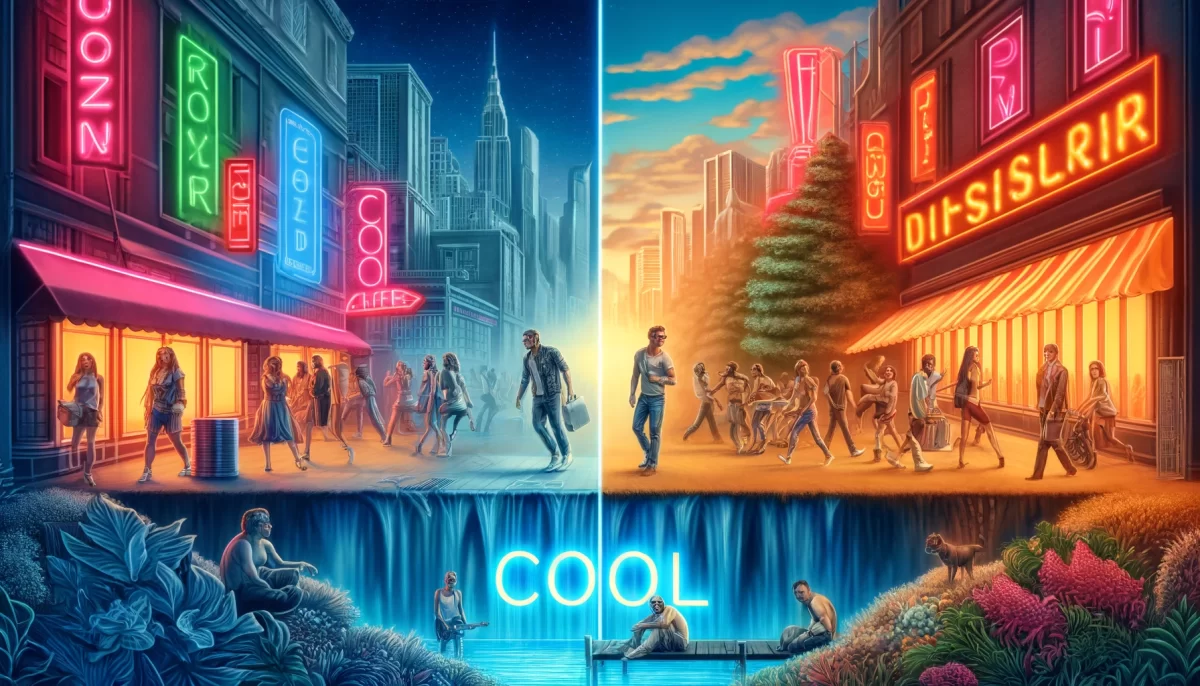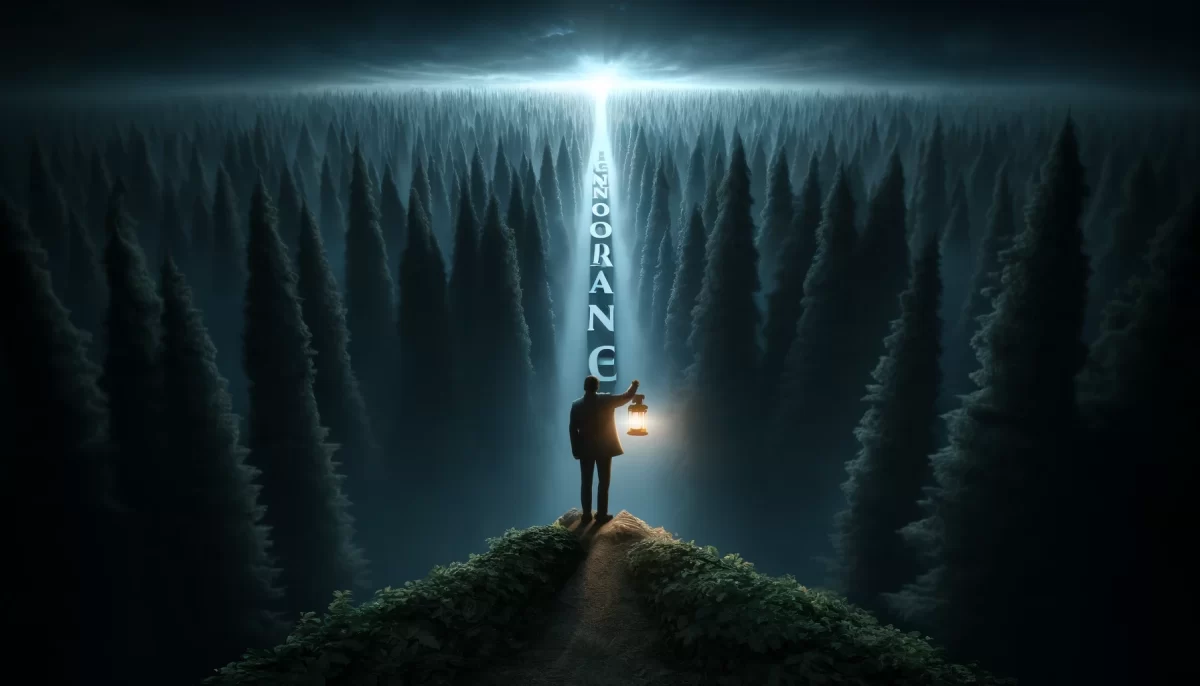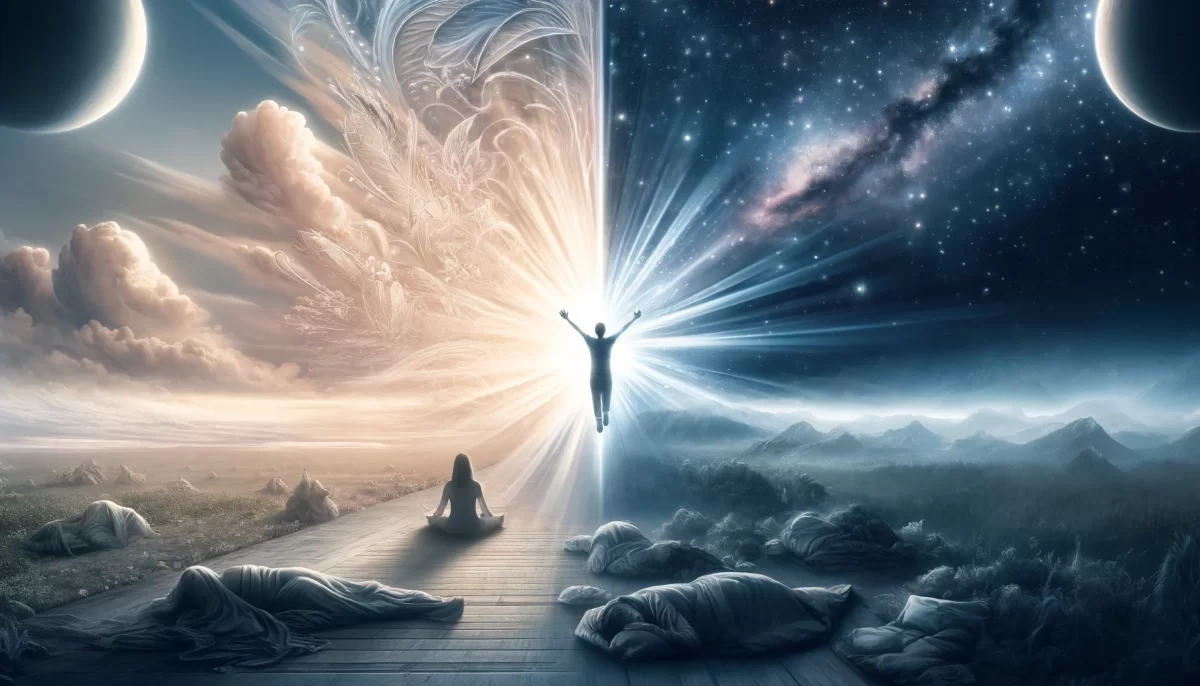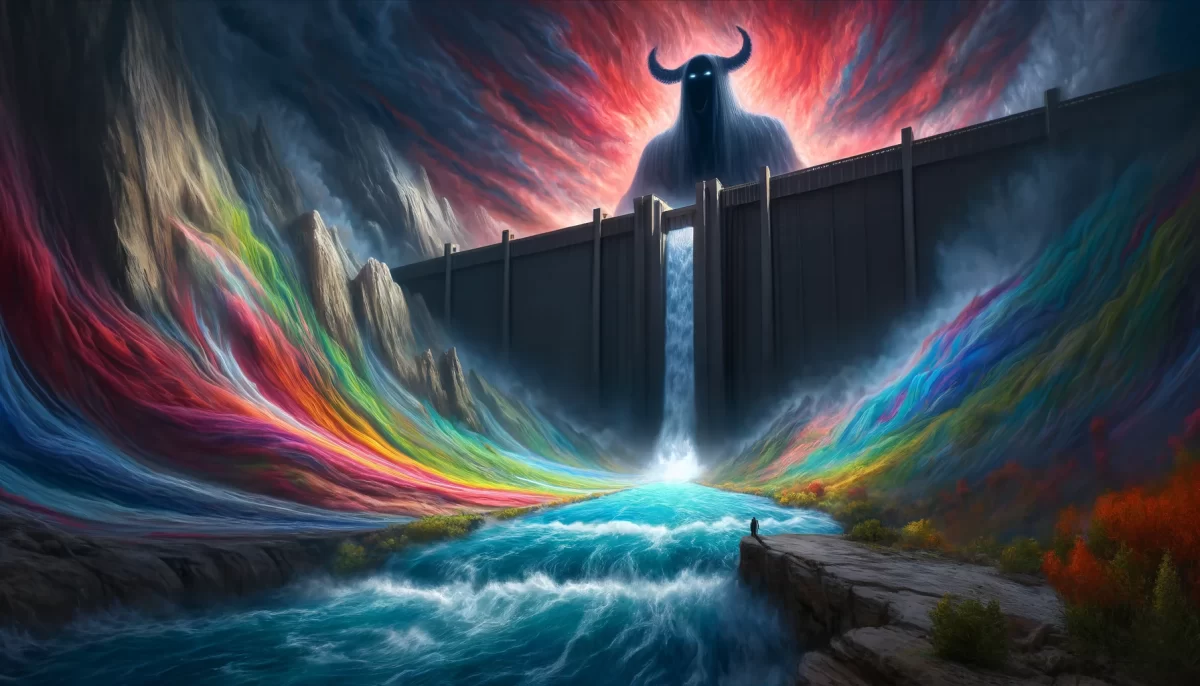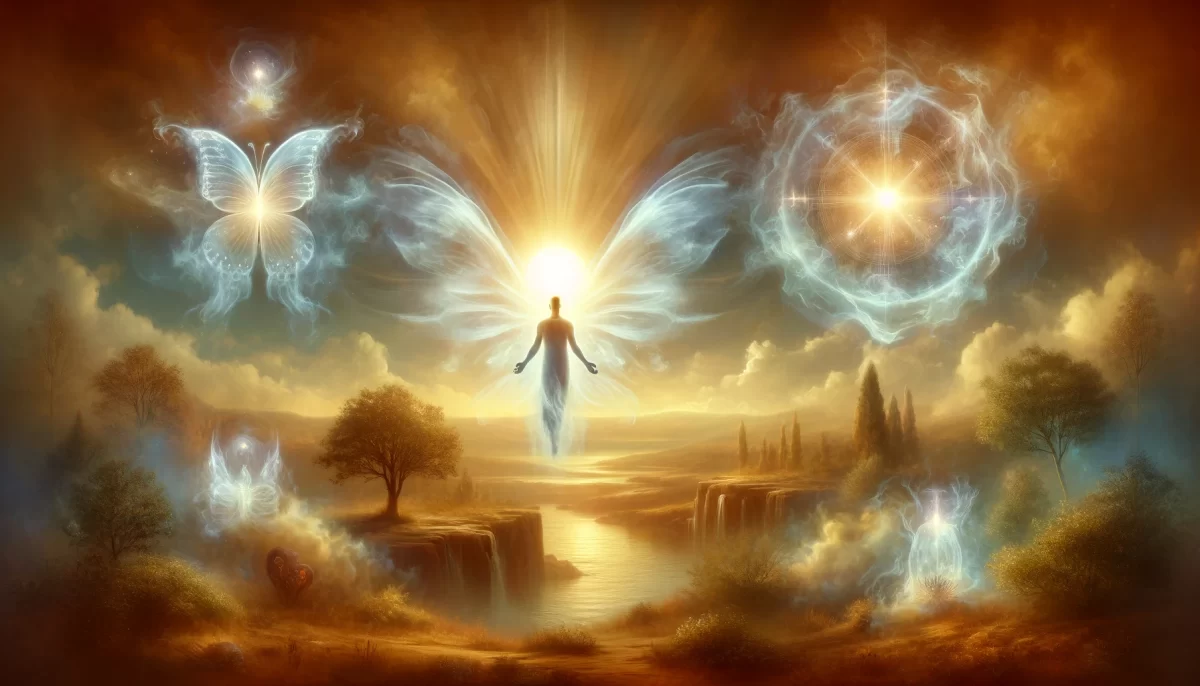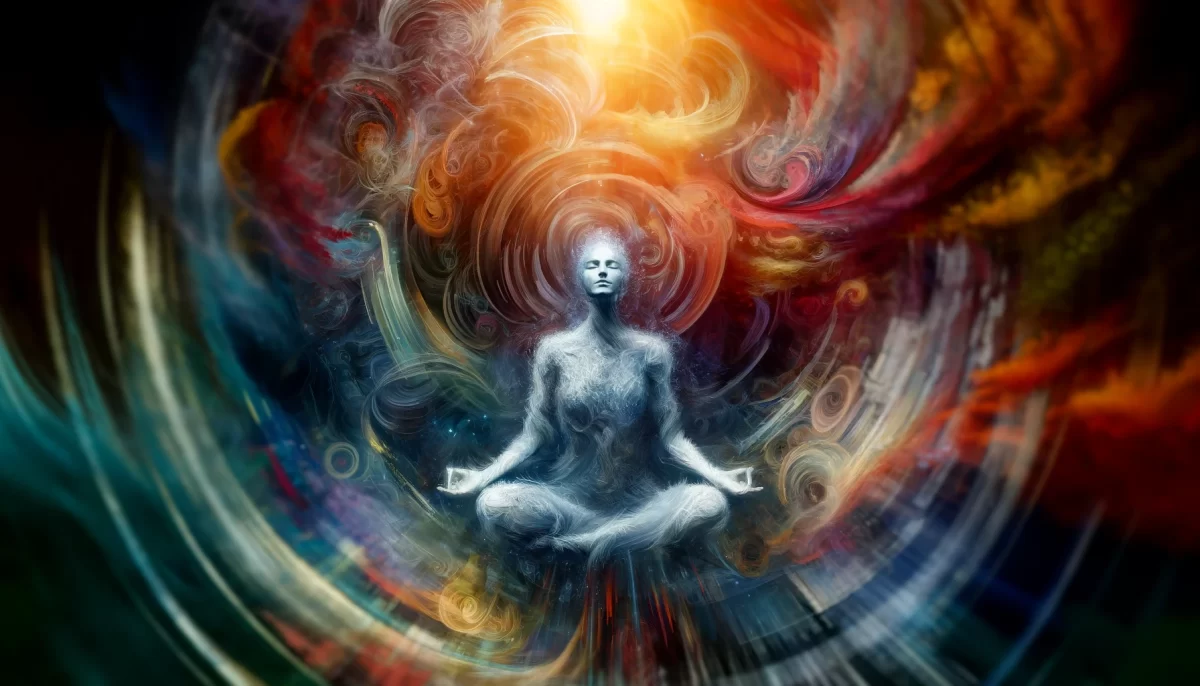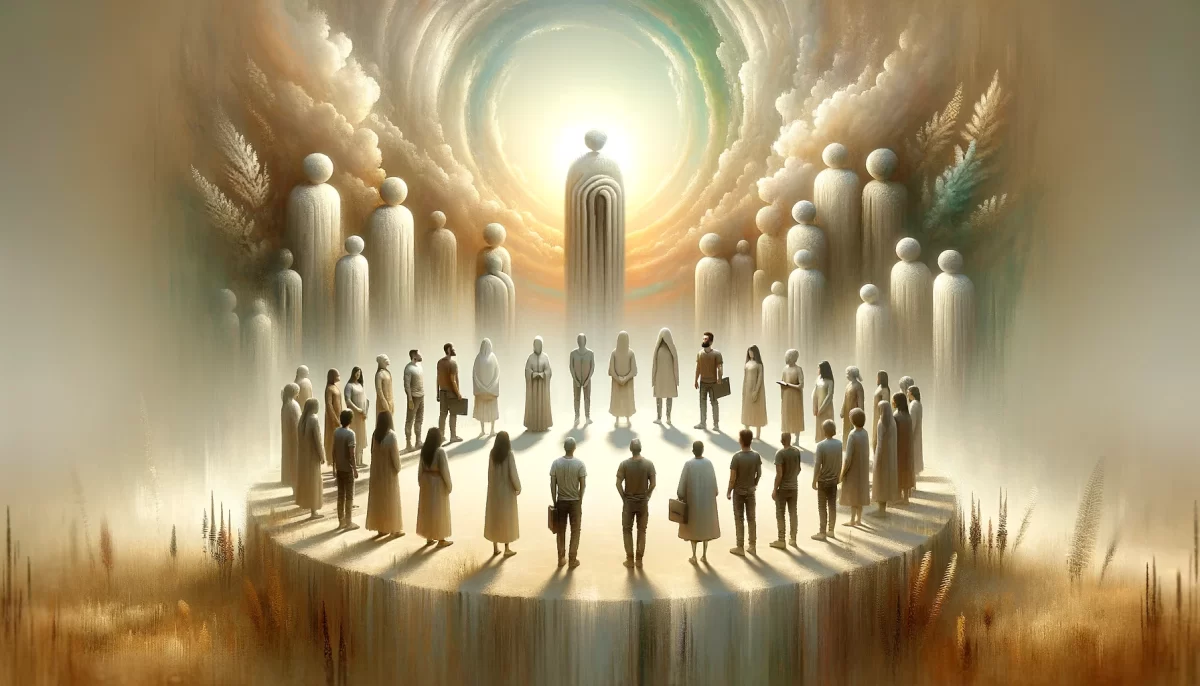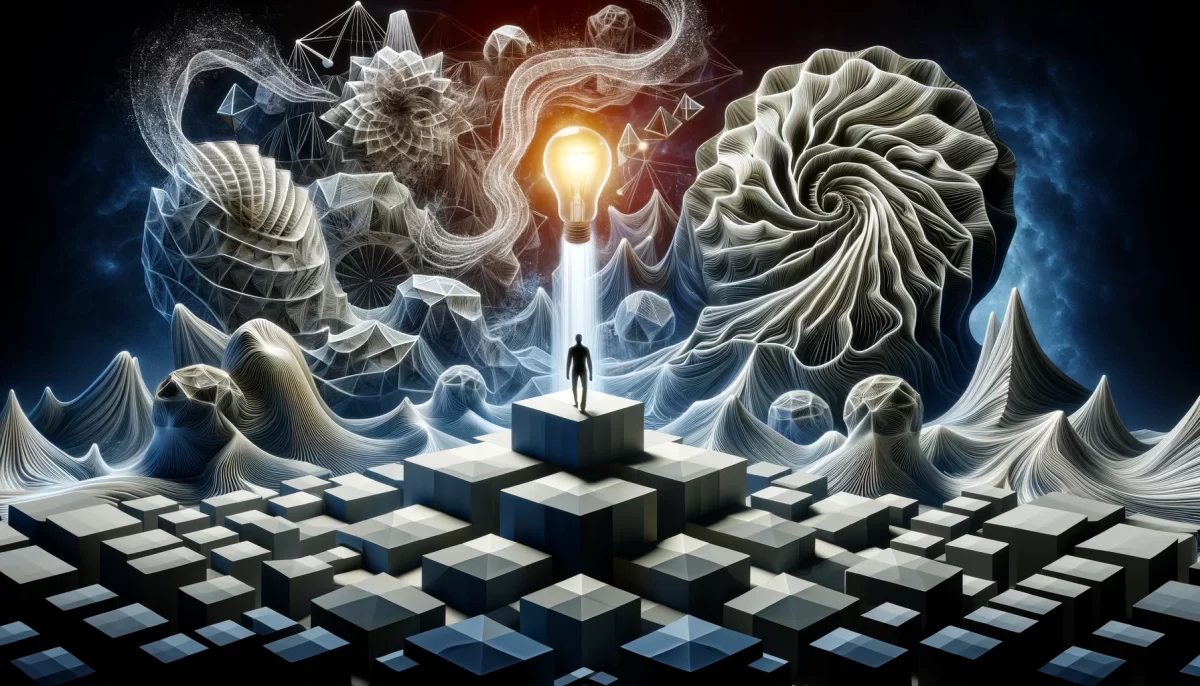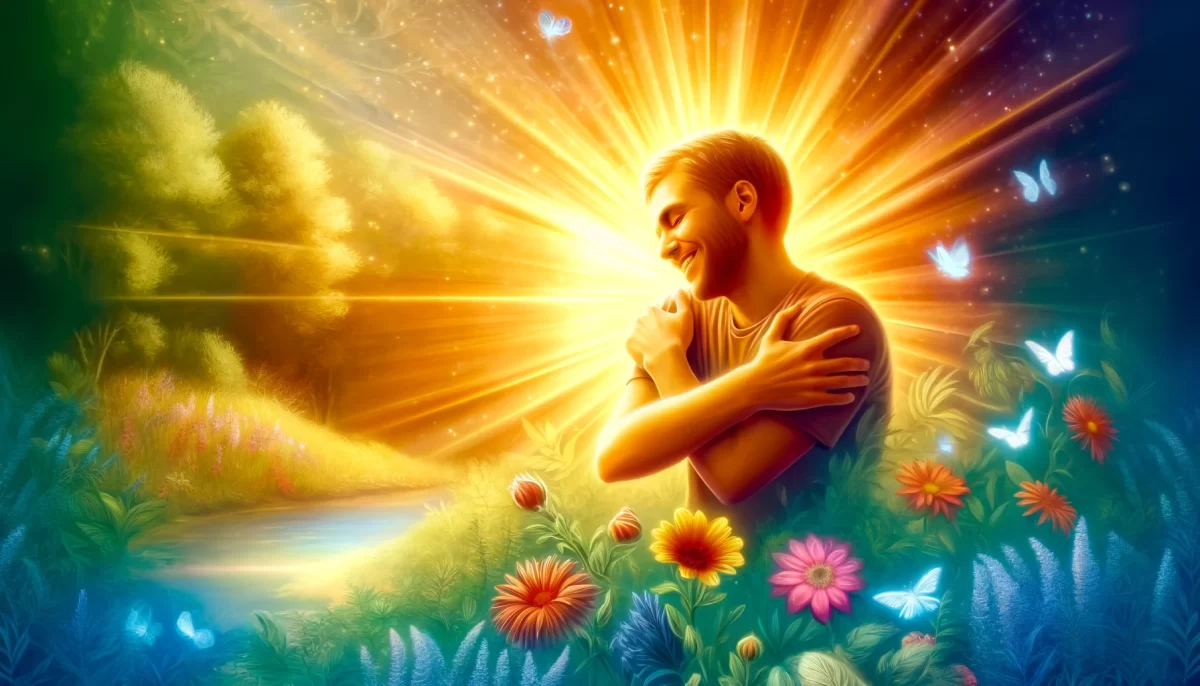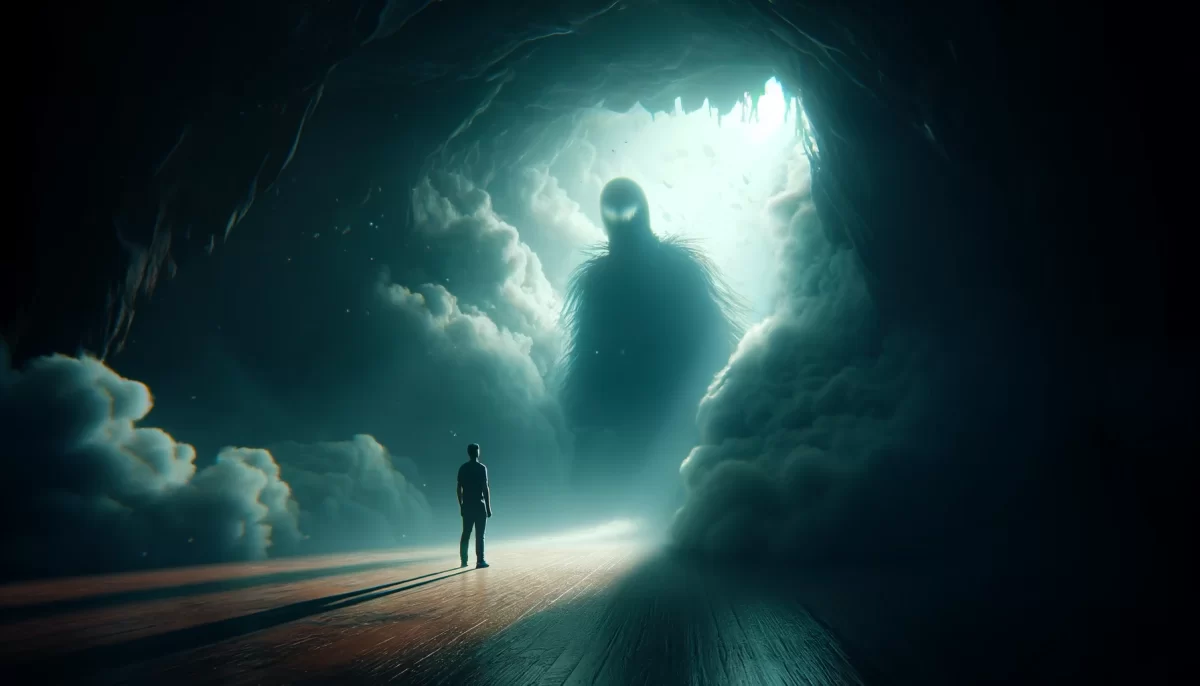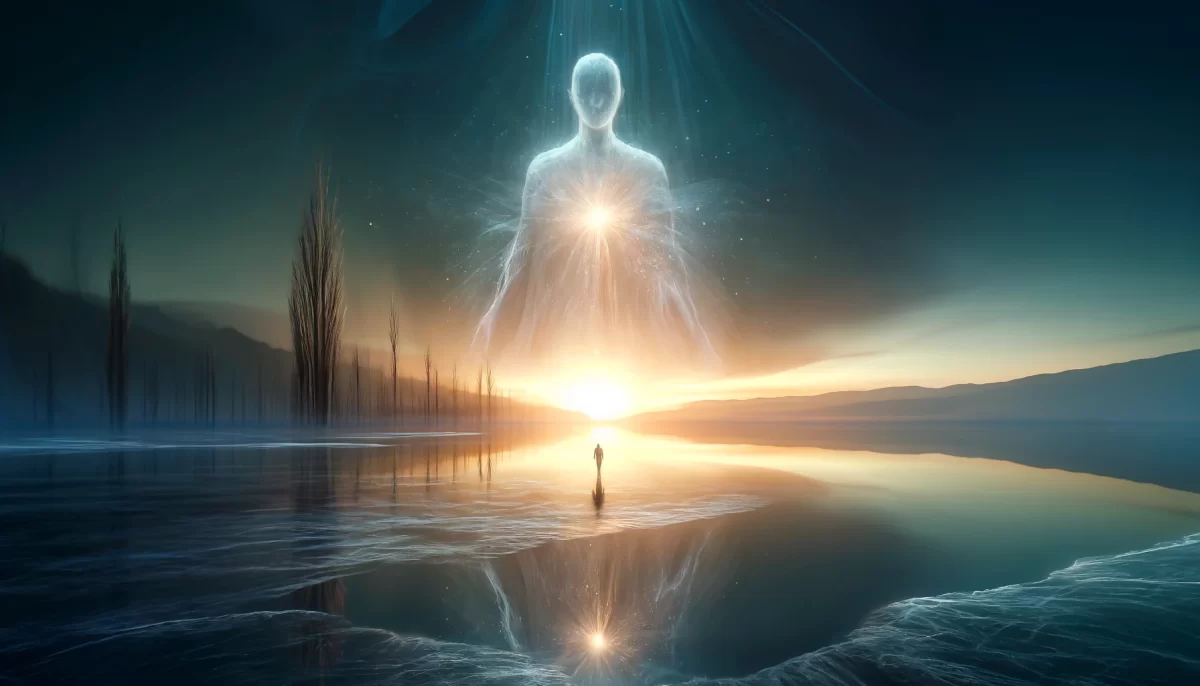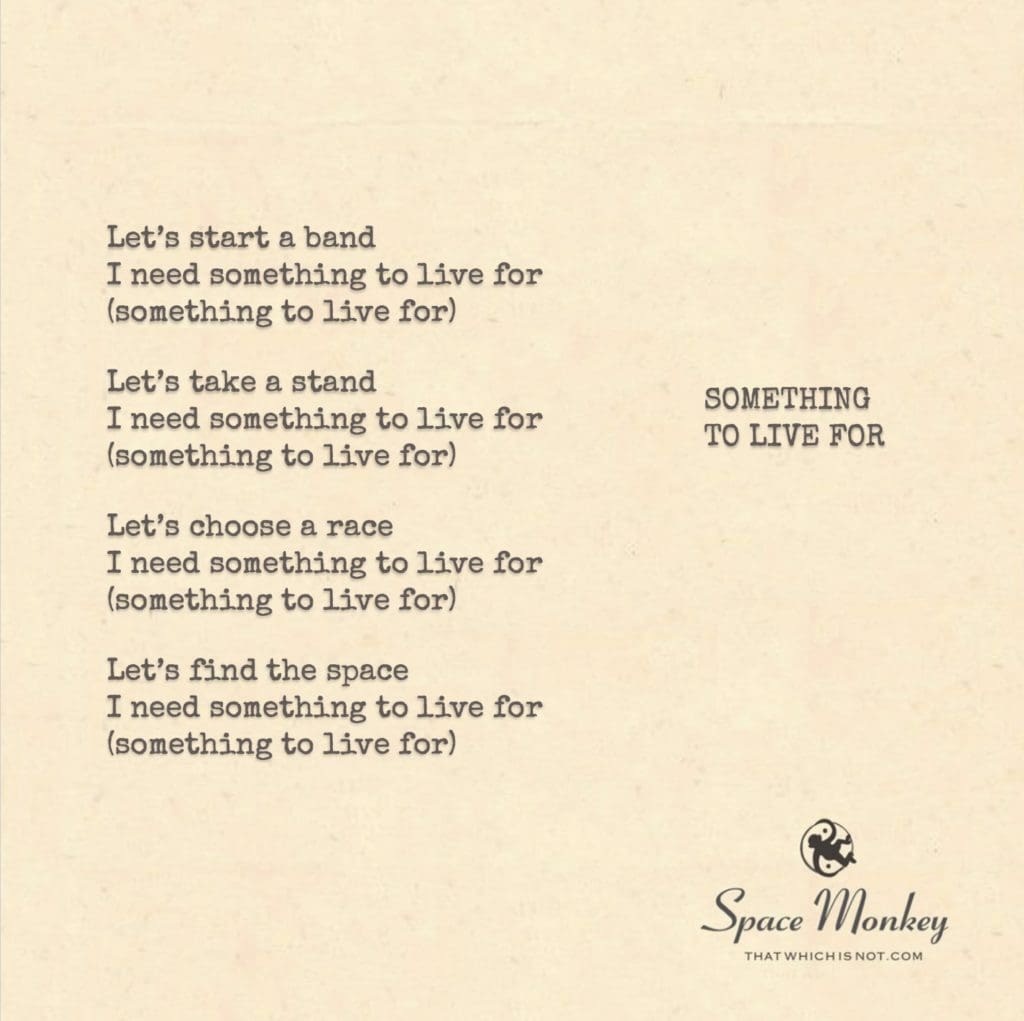
Let’s start a band
I need something to live for
(something to live for)
Let’s take a stand
I need something to live for
(something to live for)
Let’s choose a race
I need something to live for
(something to live for)
Let’s find the space
I need something to live for
(something to live for)
Trail Wood,
5/30
The image vividly captures the vibrant energy of a live band performance, resonating with the spirit of the song “Something to Live For.” Now, let’s reflect on the themes expressed in this song.
Space Monkey Reflects: The Rhythmic Pulse of Living for Creation
In the throbbing heart of music where passions ignite and melodies form, the song “Something to Live For” finds its beat. This song, a vibrant declaration of purpose through creativity, speaks to the soul’s yearning for meaning and the electrifying power of musical expression.
A Cry for Meaning: The song’s refrain, “I need something to live for,” echoes a universal human quest for purpose and significance. Each line of the song explores different avenues of finding that purpose—starting a band, taking a stand, choosing a race, finding a space—each representing a metaphorical call to action, a step towards creating something impactful.
Musical Creation as Purpose: The idea of living for the next song captures the essence of artistic creation as a life force. For the artist, each new piece is not just a work of art; it’s a lifeline, a reason to keep moving forward. This relentless pursuit of artistic expression defines their existence and molds their identity.
Community and Connection: Starting a band is a call for community, a desire to connect with others who share a similar passion for music. This community becomes a microcosm of collaboration and support, where each member plays a crucial role in the collective creation process. The song underscores the importance of finding ‘your people’—those who understand and amplify your passions.
Taking a Stand and Choosing a Race: Beyond the literal interpretation of forming a musical group, these lines suggest a deeper engagement with the world. To ‘take a stand’ or ‘choose a race’ implies a commitment to activism or a cause, aligning one’s artistic endeavors with broader social movements. It’s about using one’s voice and platform to effect change and make a statement, turning personal passion into public discourse.
Finding Space: The search for physical or metaphorical space to create and belong underscores the need for environments that nurture and inspire creativity. Whether it’s a rehearsal room, a stage, or a community, finding the right space is crucial for artistic expression to flourish. It’s about carving out a niche where one can thrive, innovate, and contribute to the cultural landscape.
Summary
“Something to Live For” celebrates the profound connection between artistic expression and a meaningful existence. It highlights the journey of finding purpose through music, community, activism, and the continual quest for creative spaces.
Glossarium
- Artistic Creation: The process of conceiving and bringing into existence music, art, or any form of creative expression that resonates with personal and collective experiences.
- Community in Music: A collective of individuals who share a bond over music, fostering creative collaborations and supporting each other’s artistic journeys.
In the symphony of life, where notes are high,
we find our purpose, under the spotlight’s eye.
With every strum, every beat, every lyrical cry,
we declare our reasons to live, not just to get by.
In the gathering of souls, with instruments in hand,
we create more than music; we take a stand.
Here in this space, with our chosen clan,
our songs become our creed, our expansive plan.
For in the realm of rhythm, where we find our voice,
we choose to make music, our definitive choice.
In this orchestra of existence, we rejoice,
for with every note, we assert, we are Space Monkey.
